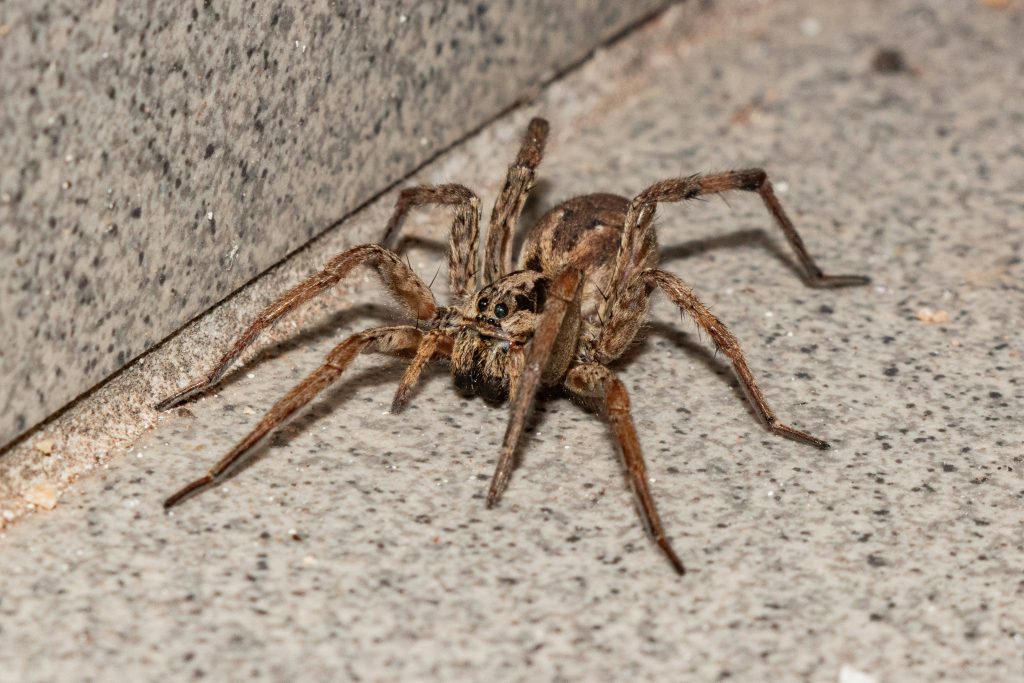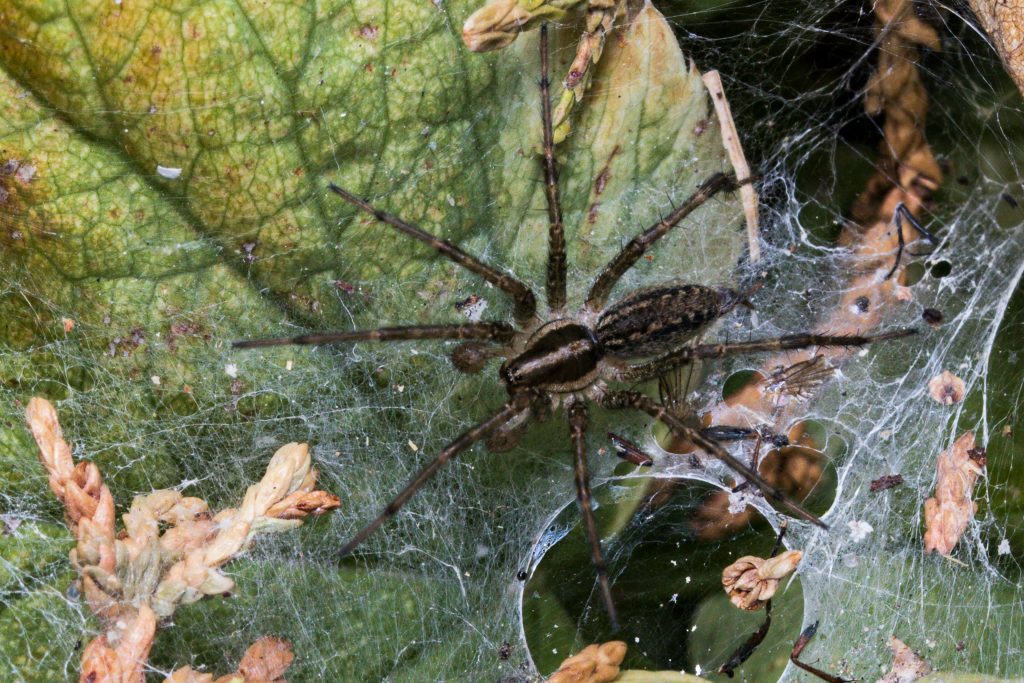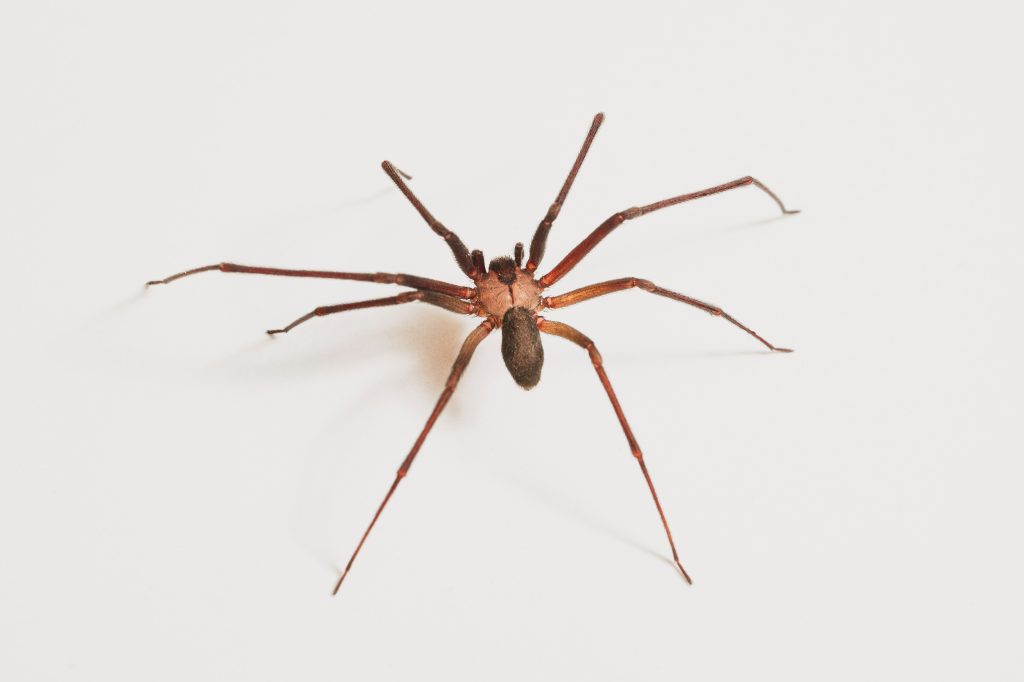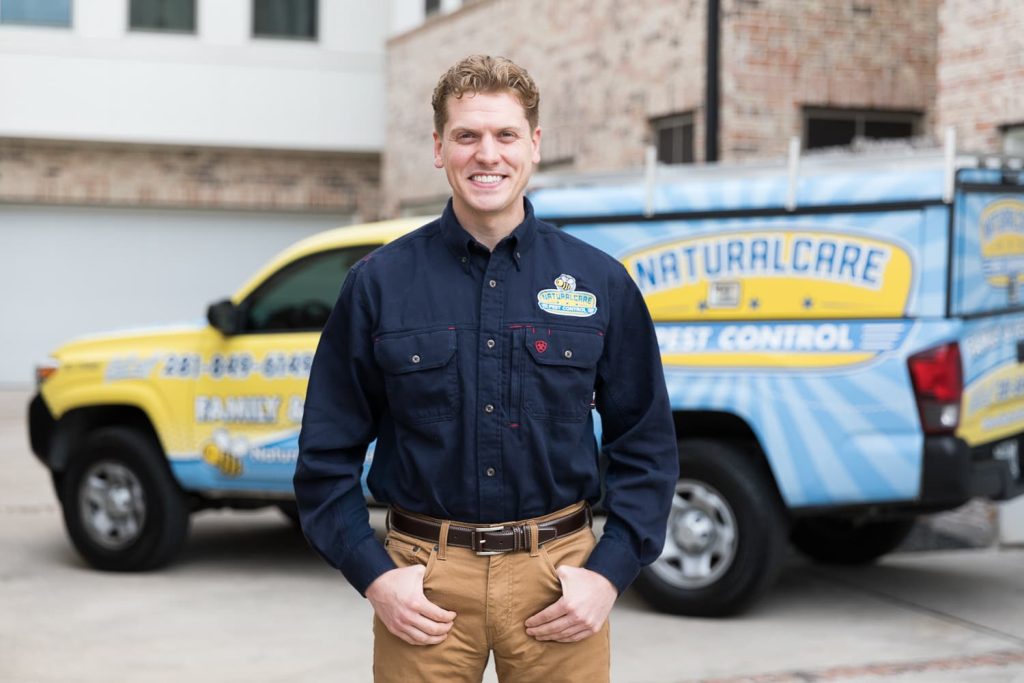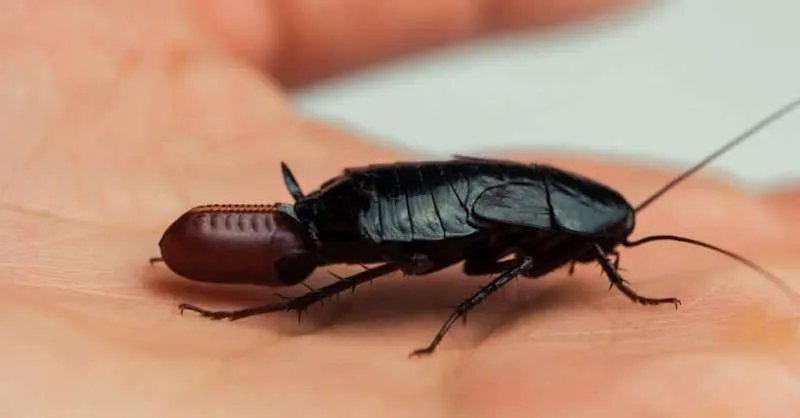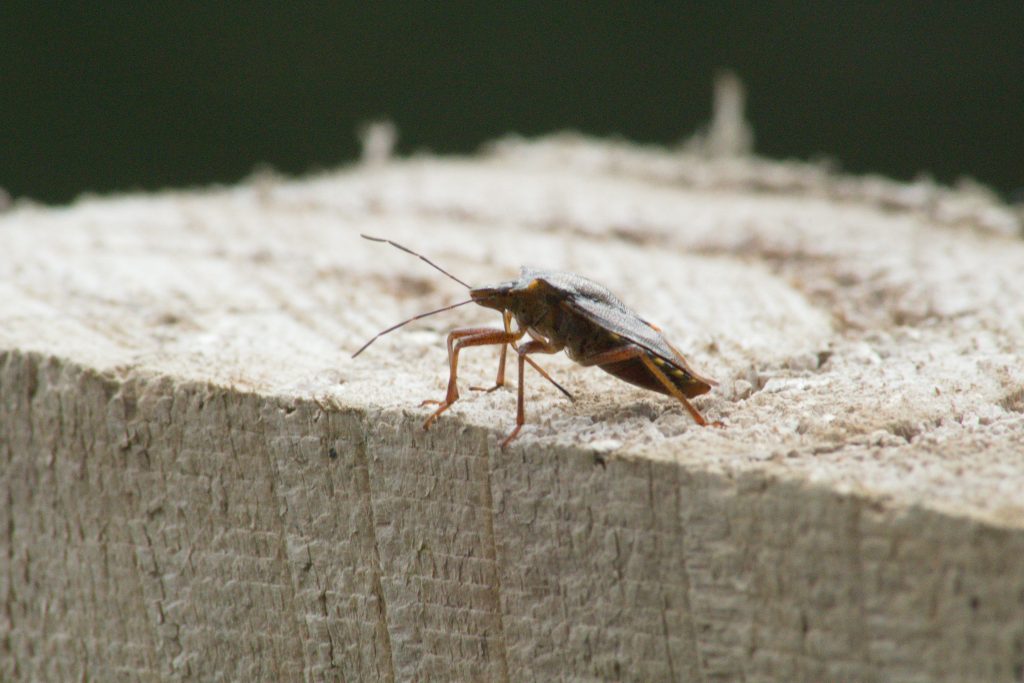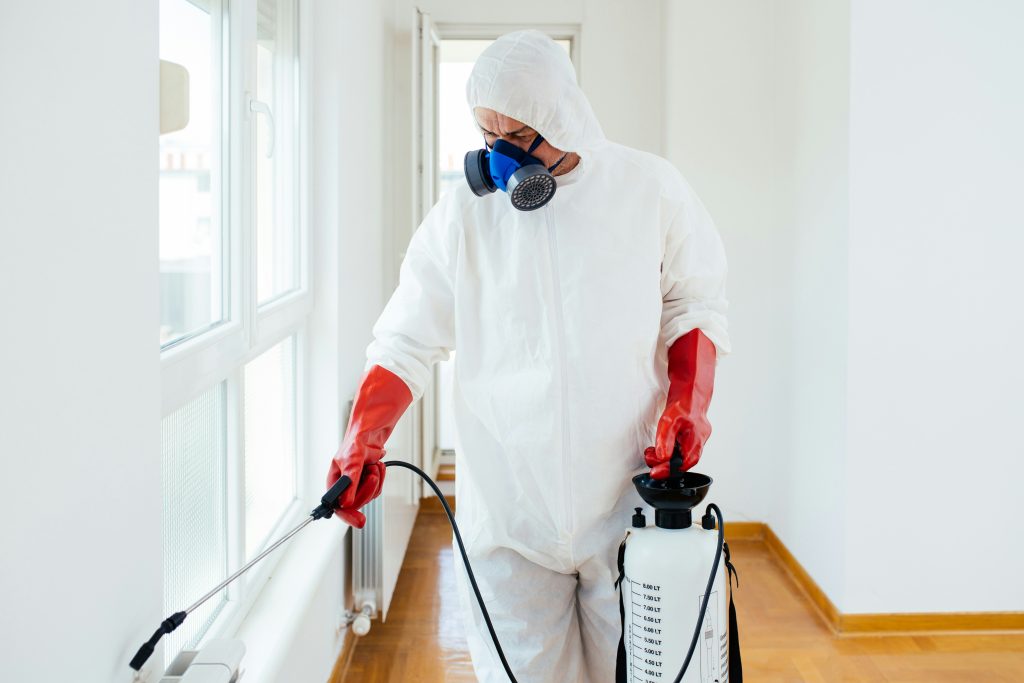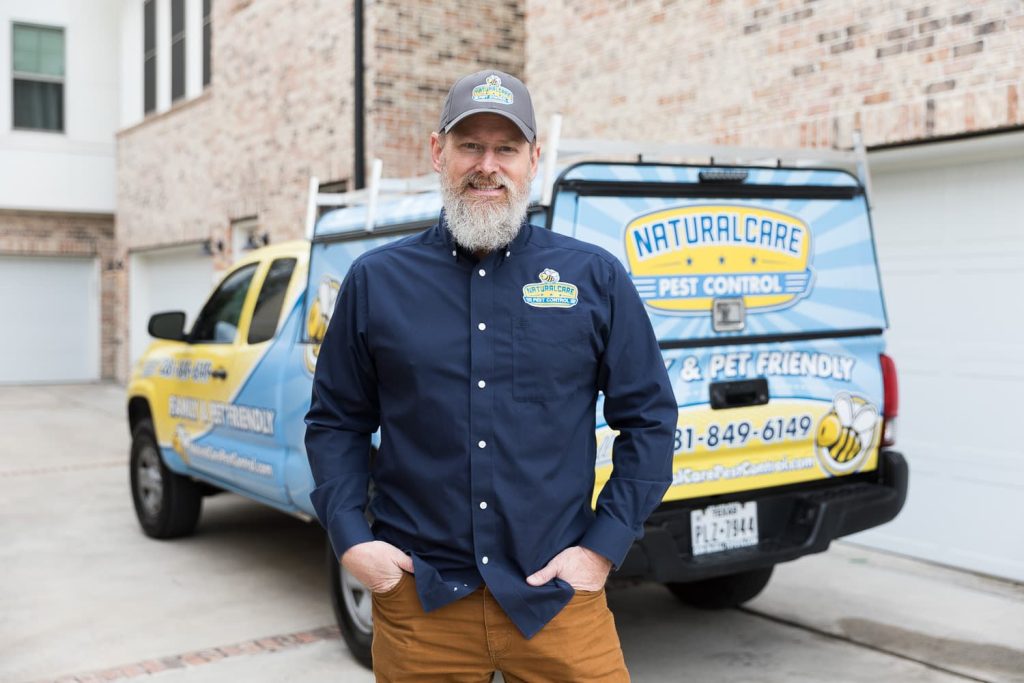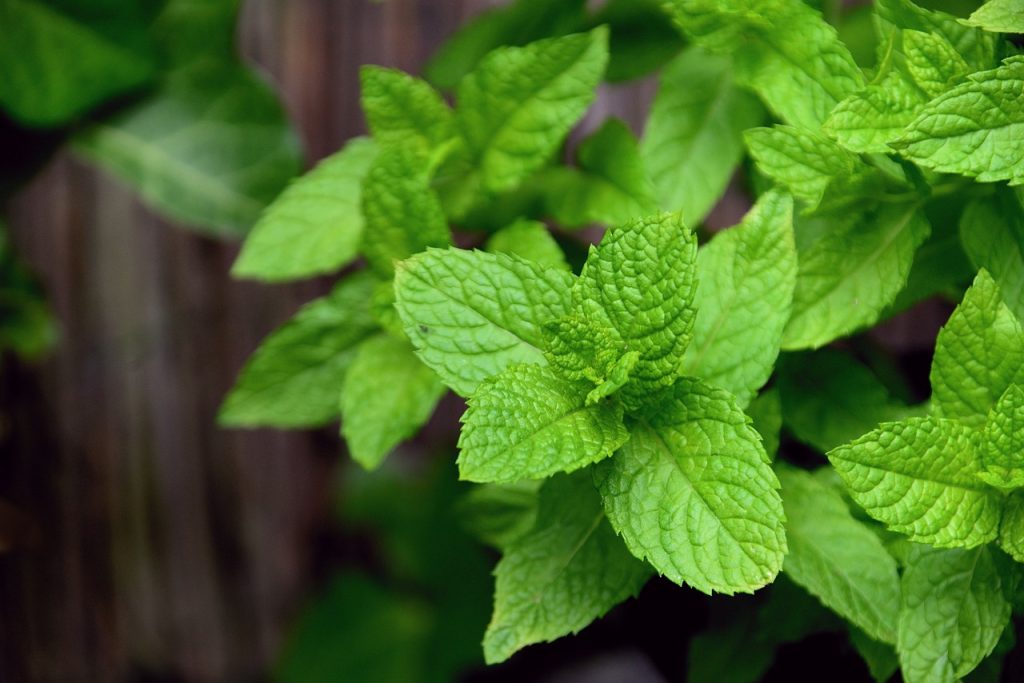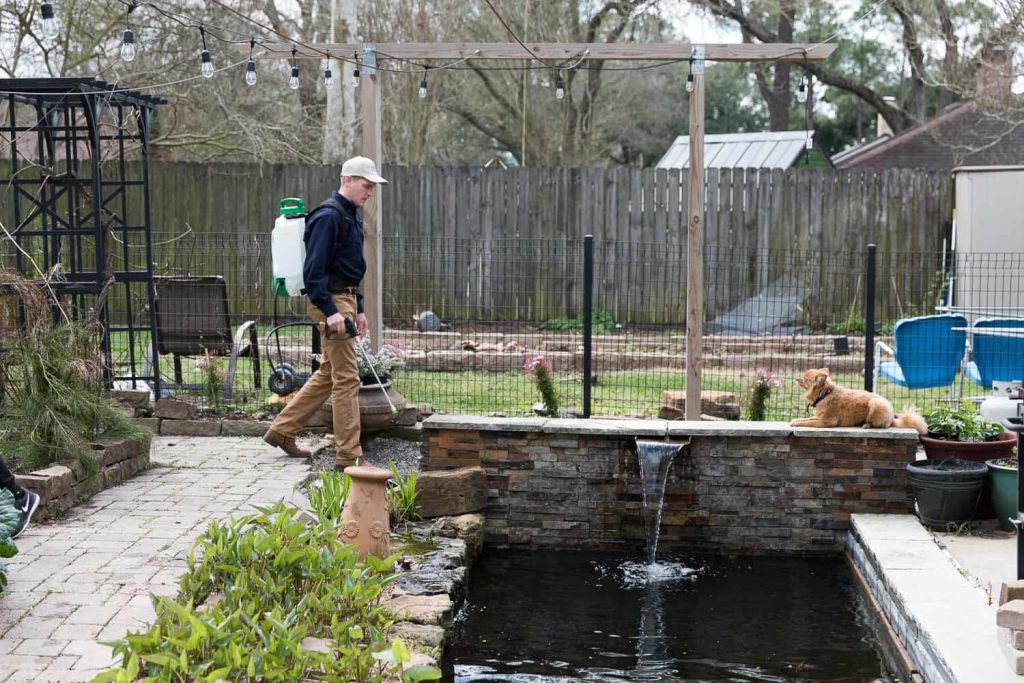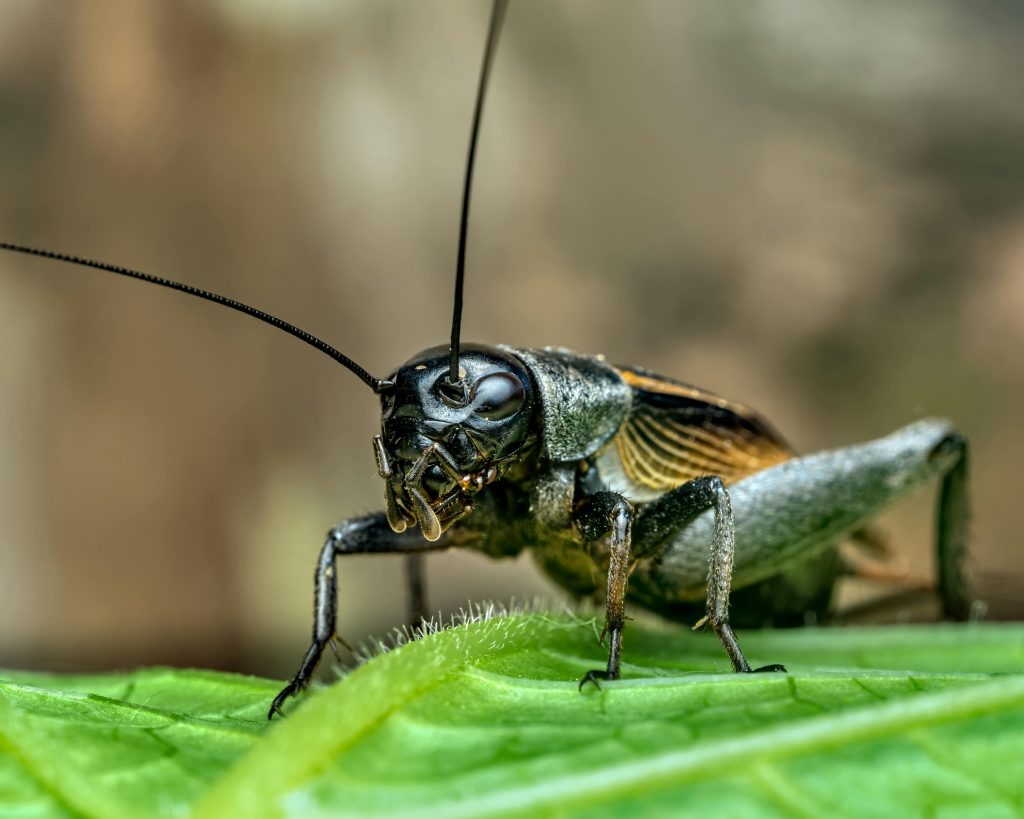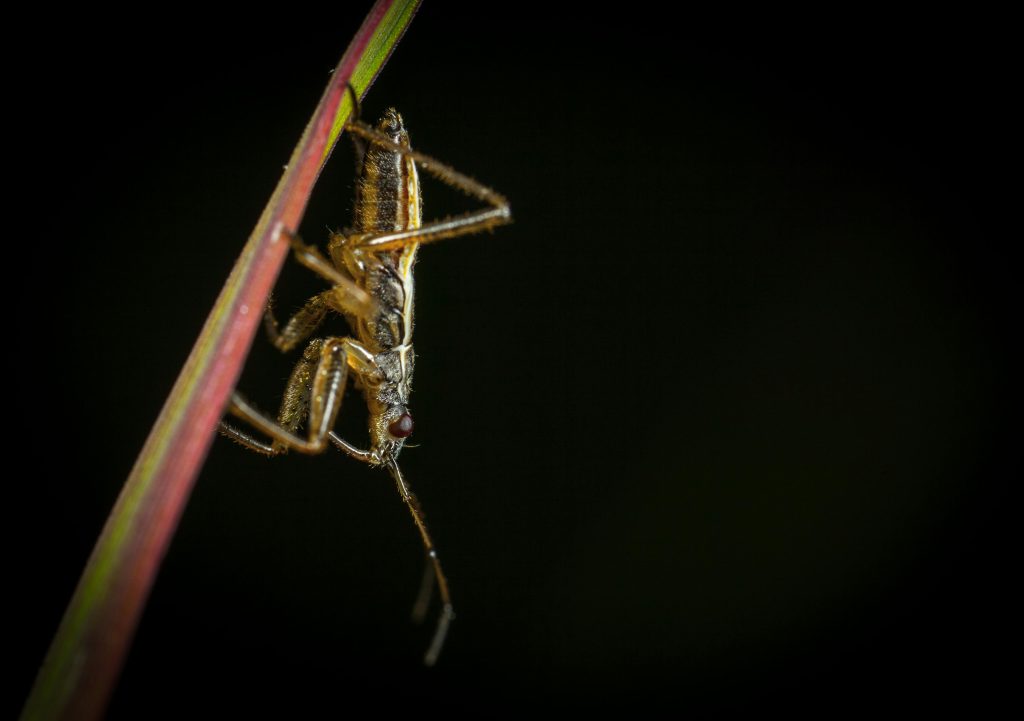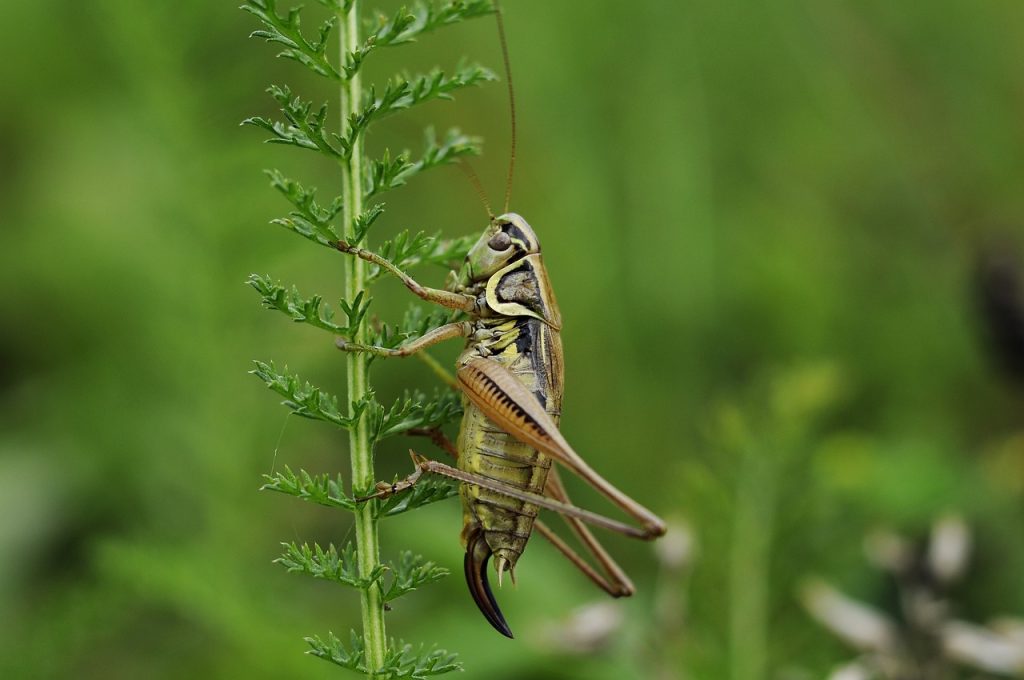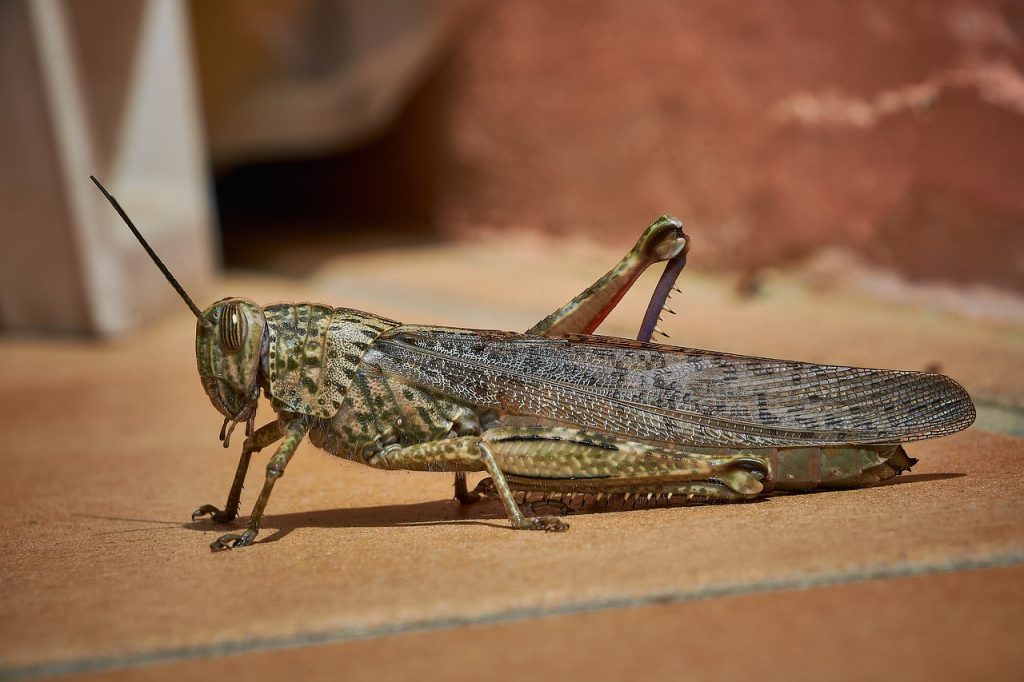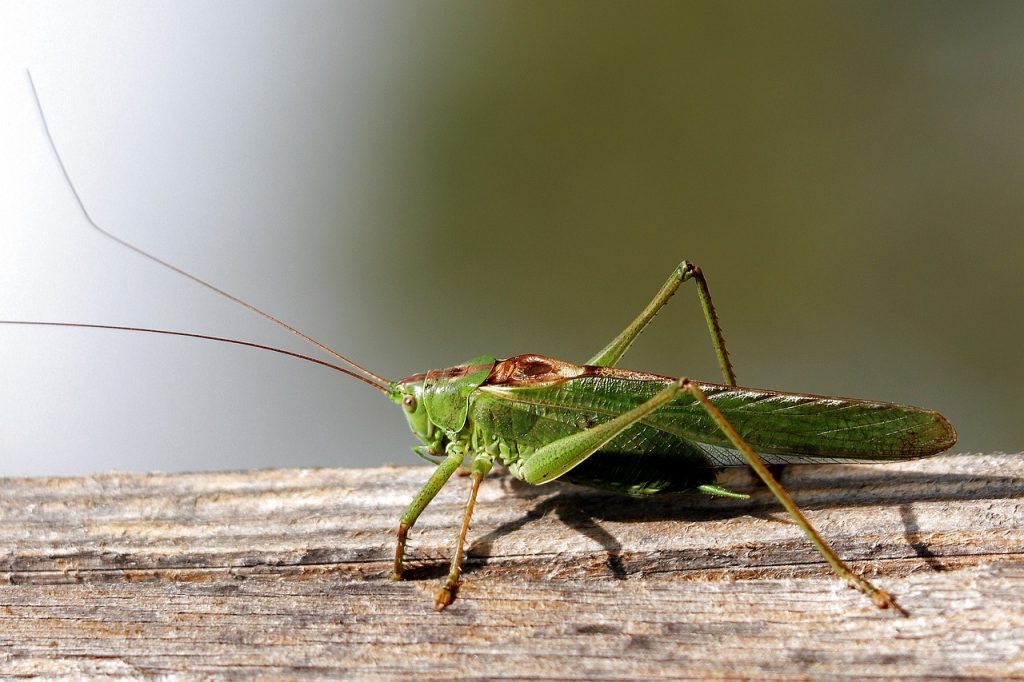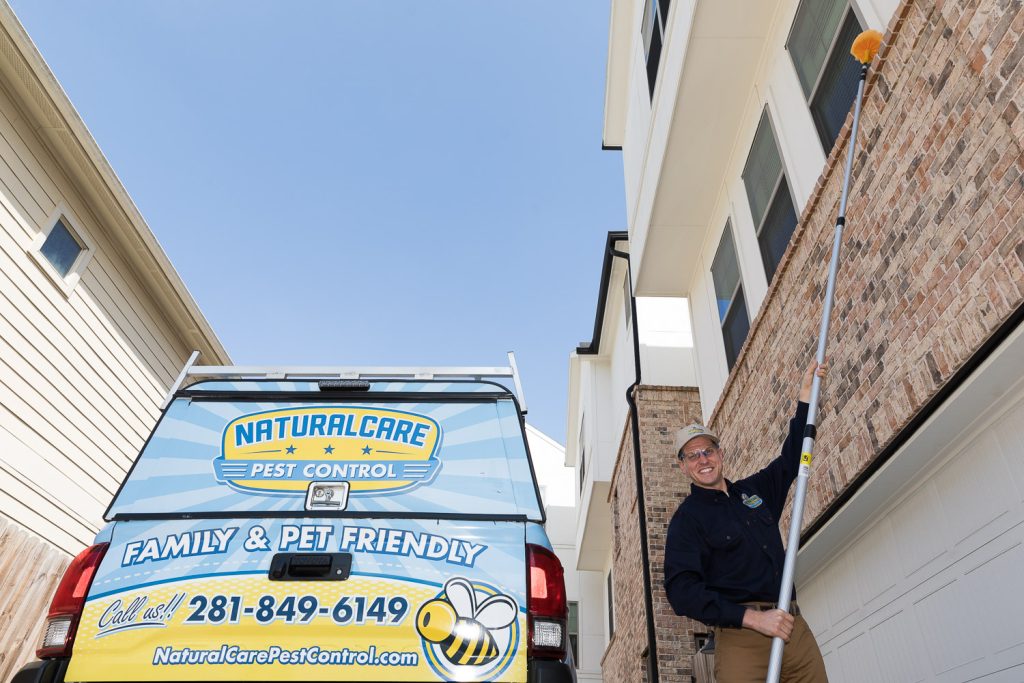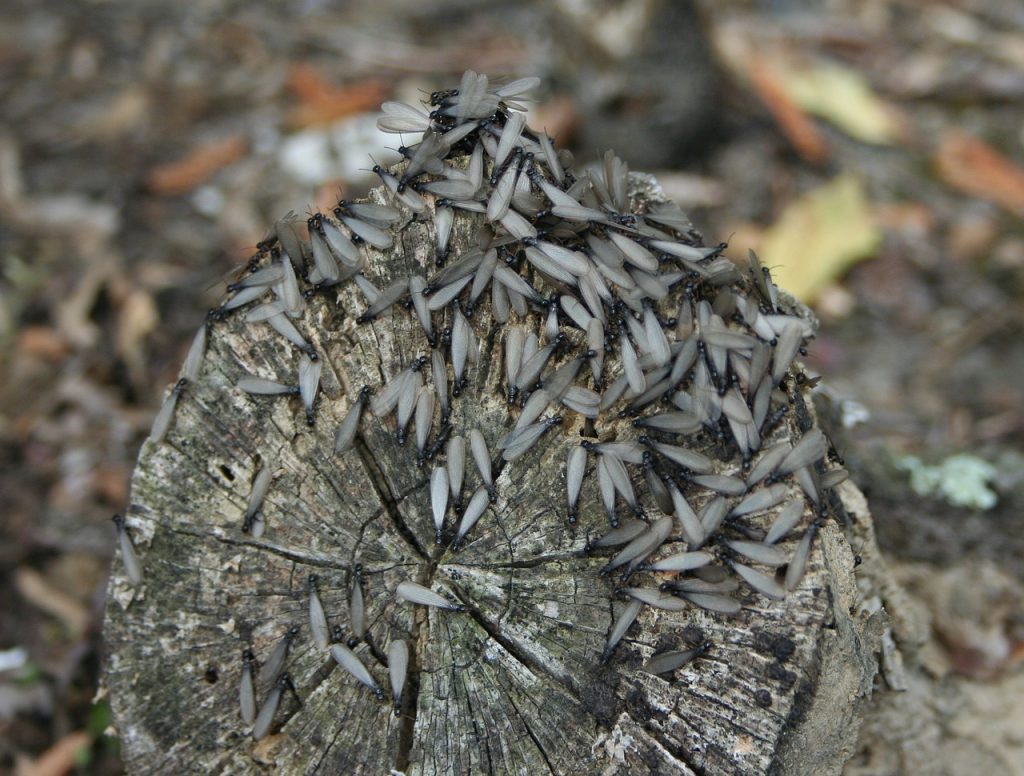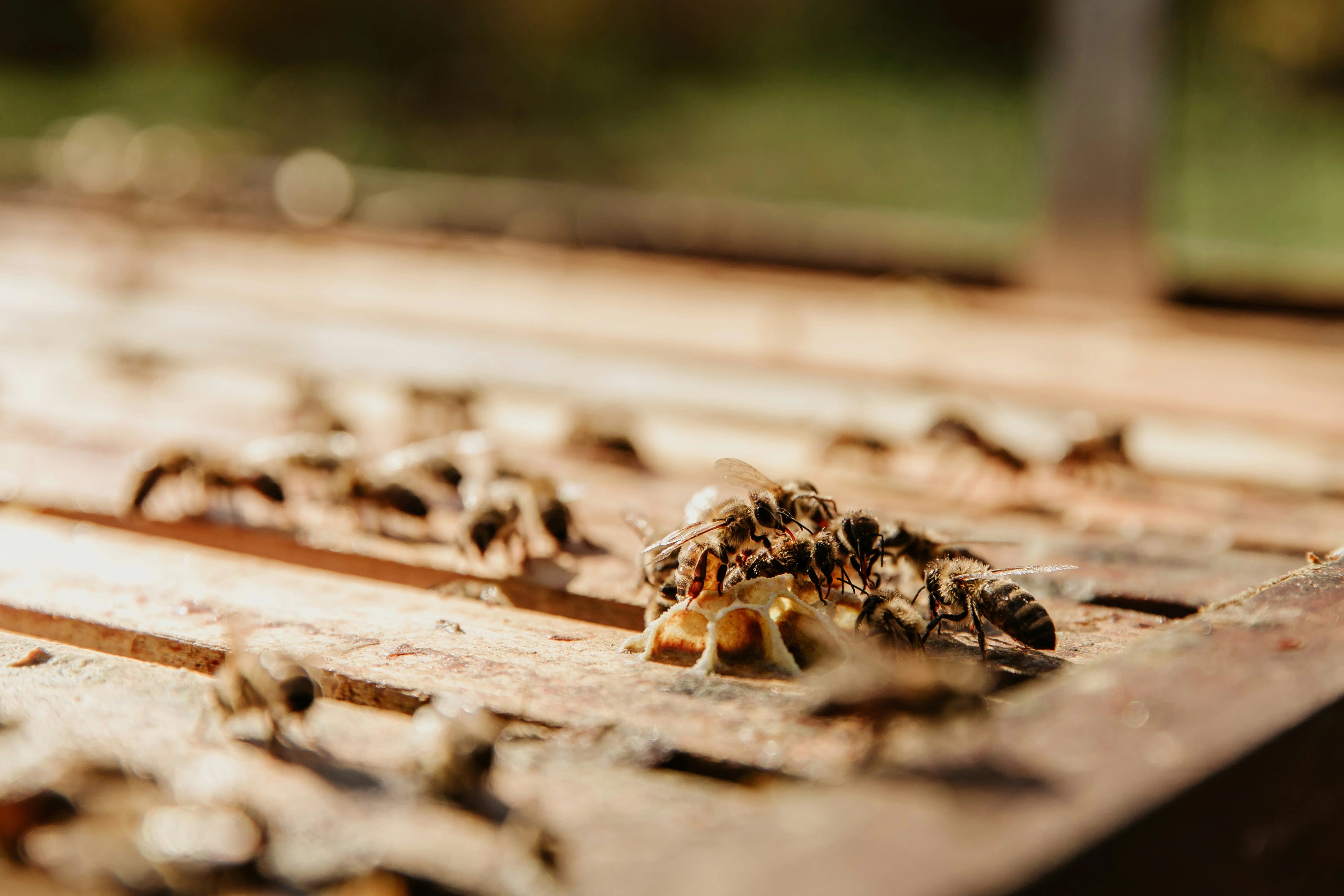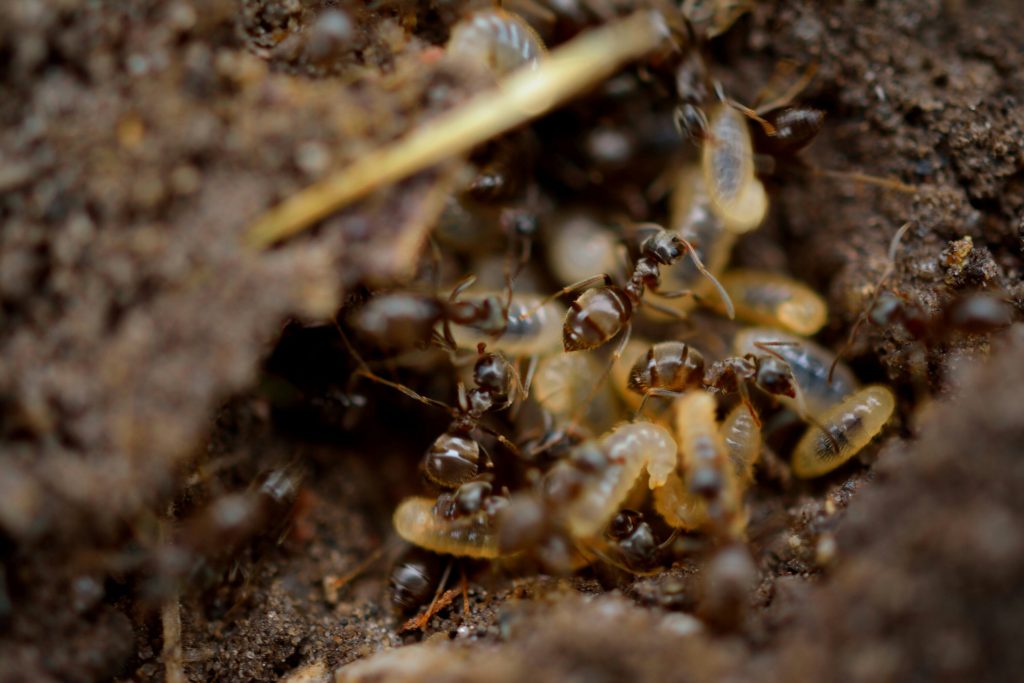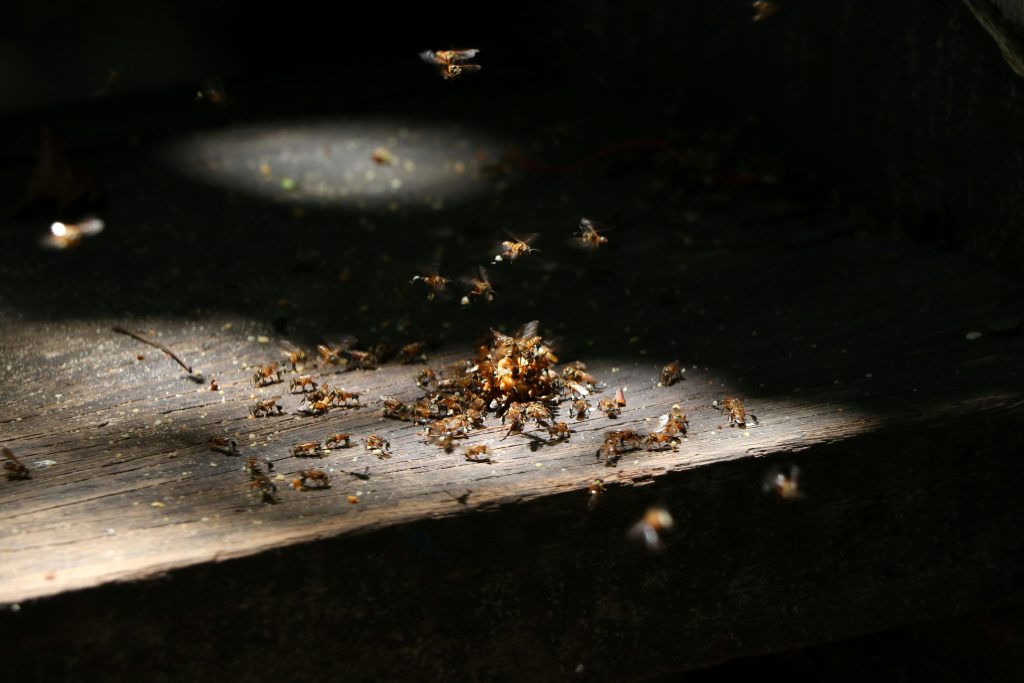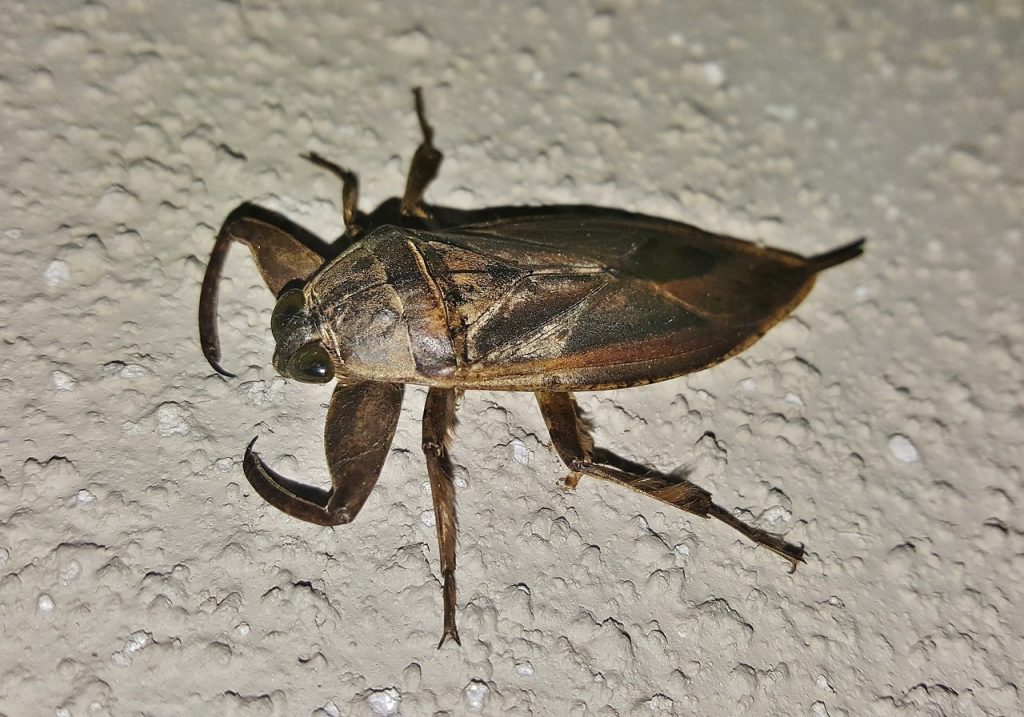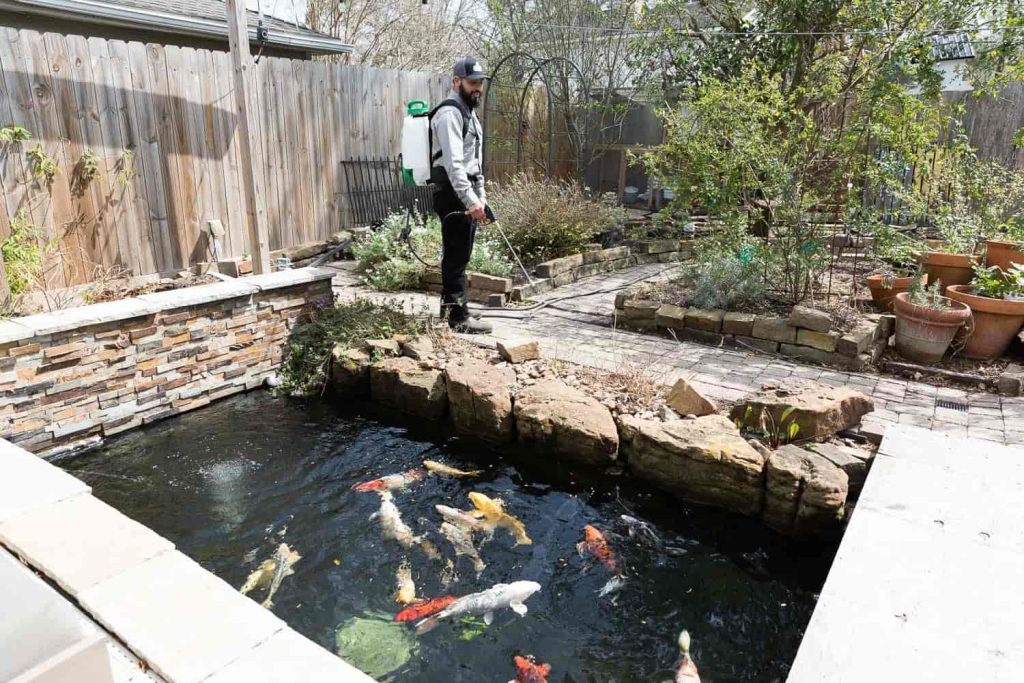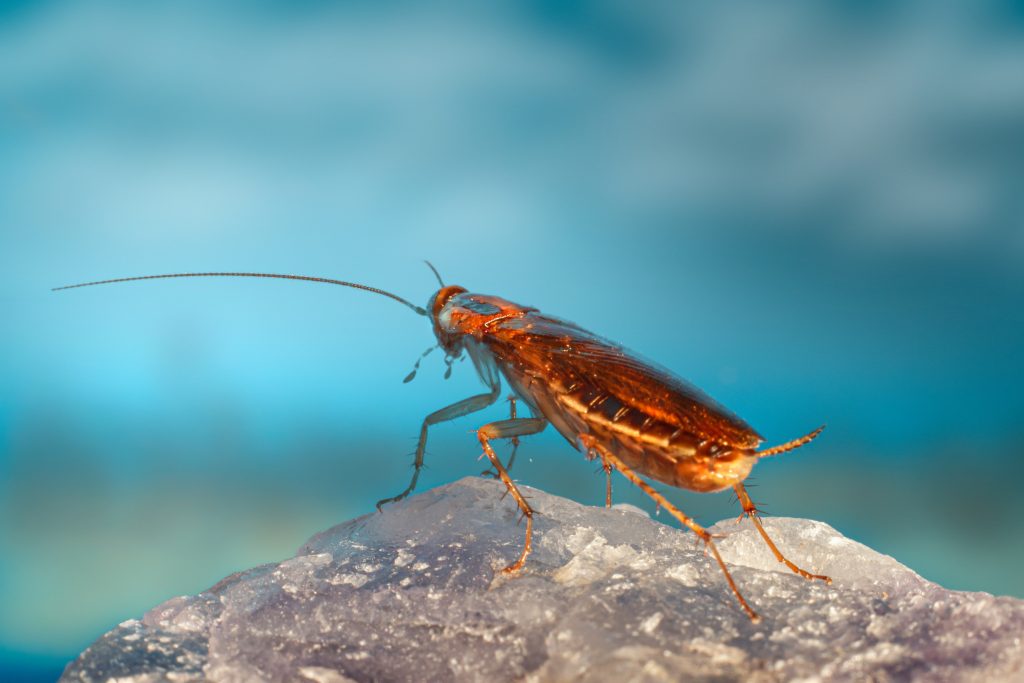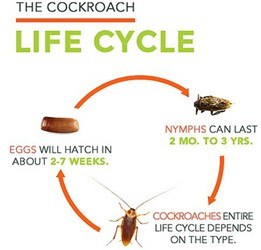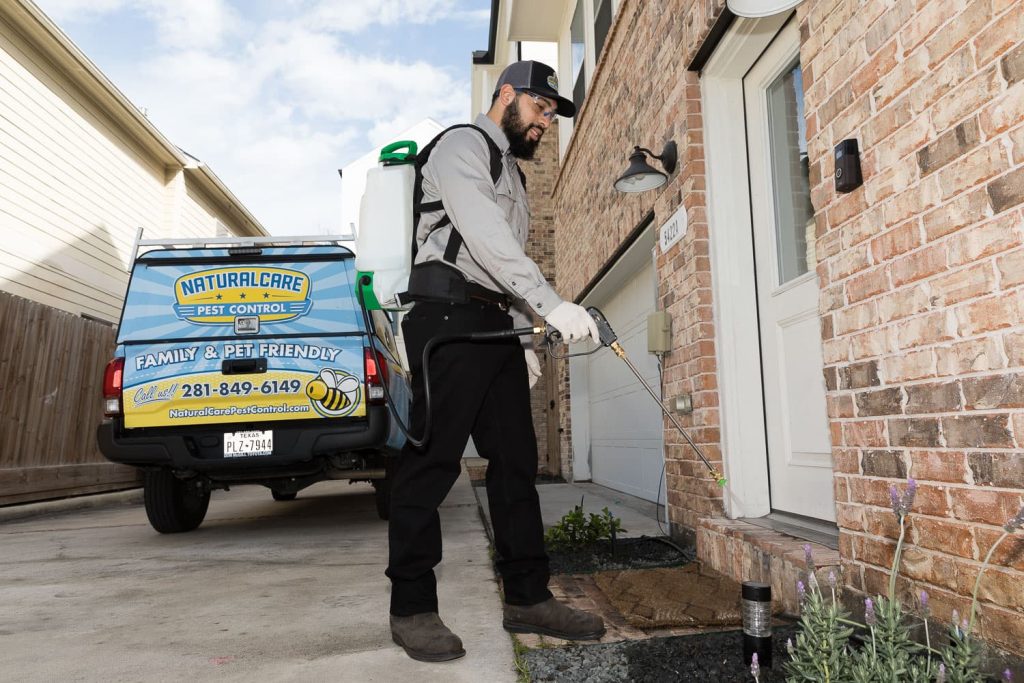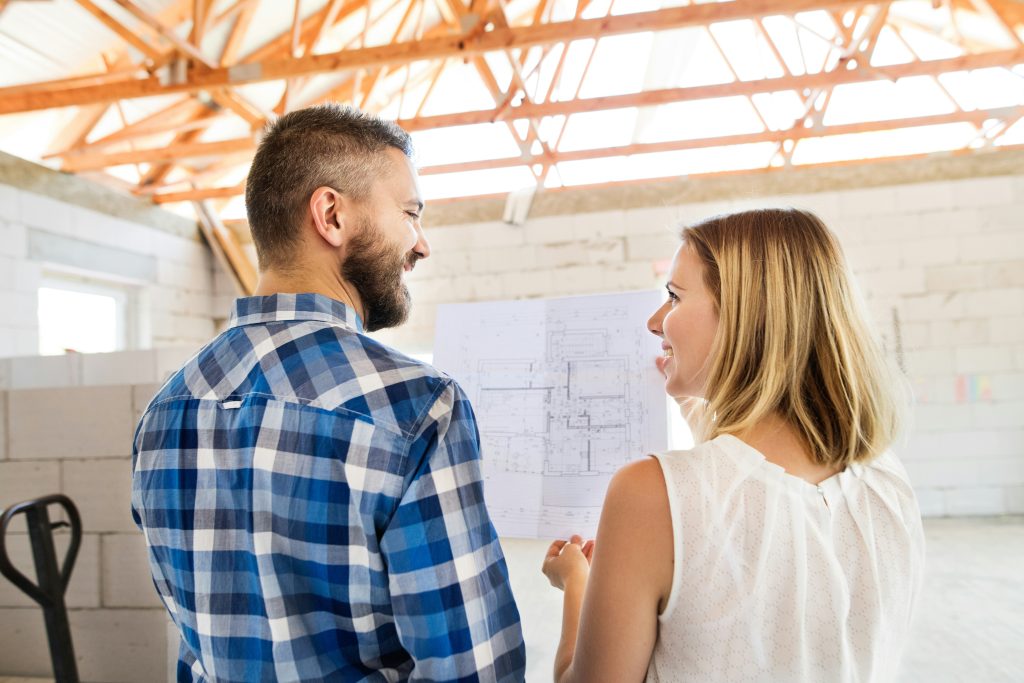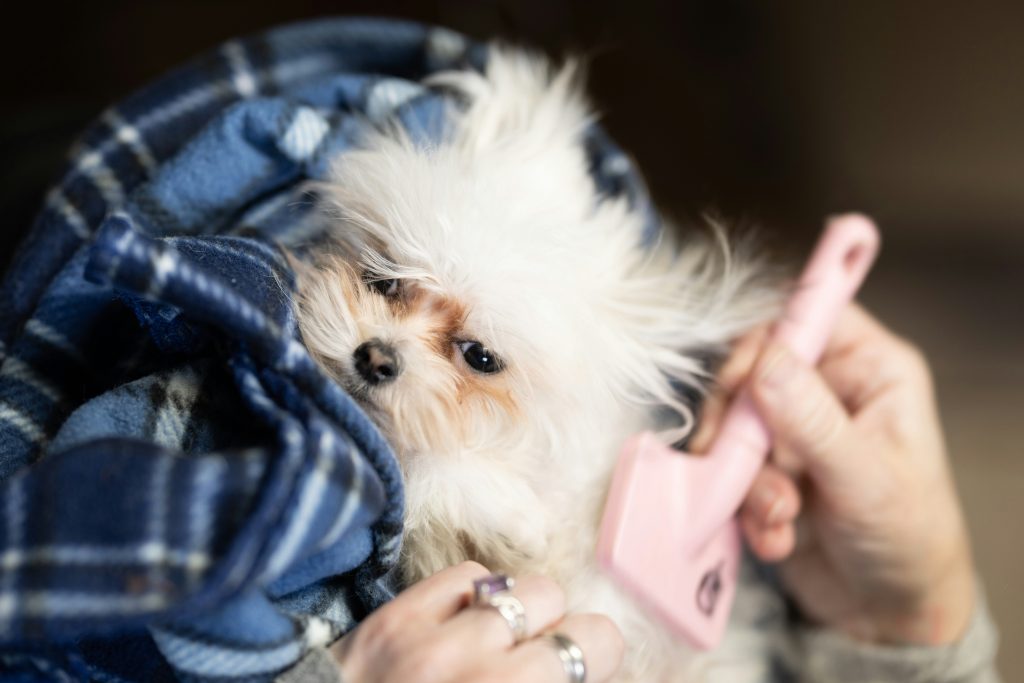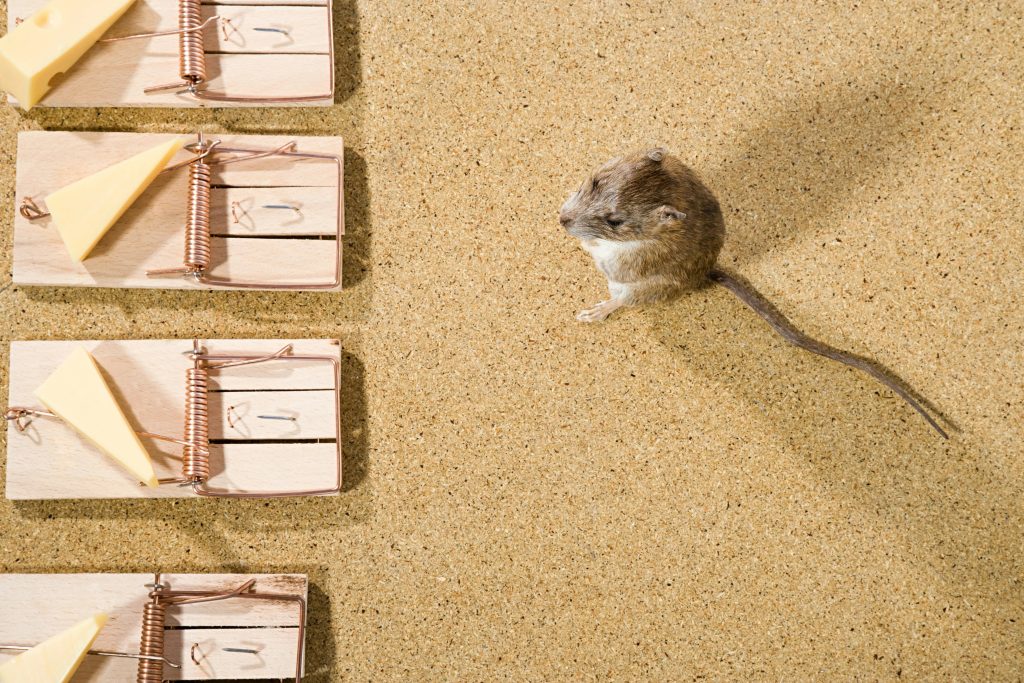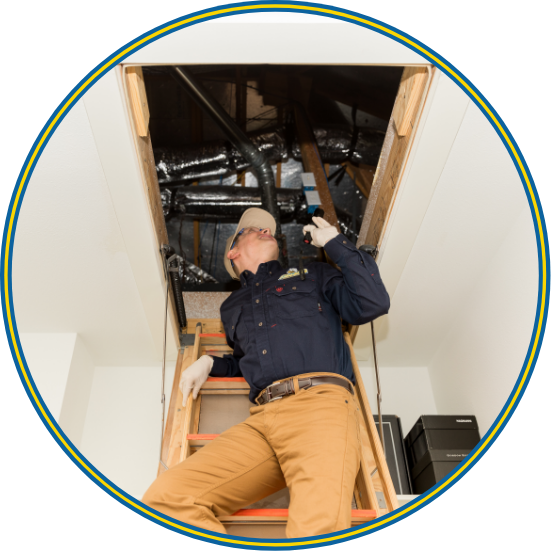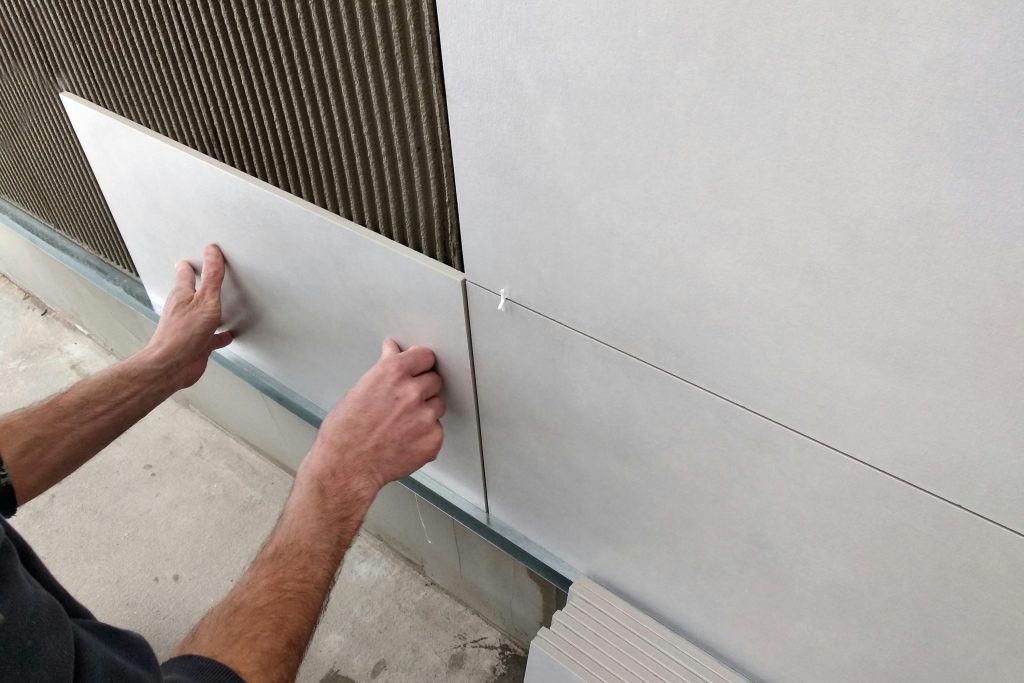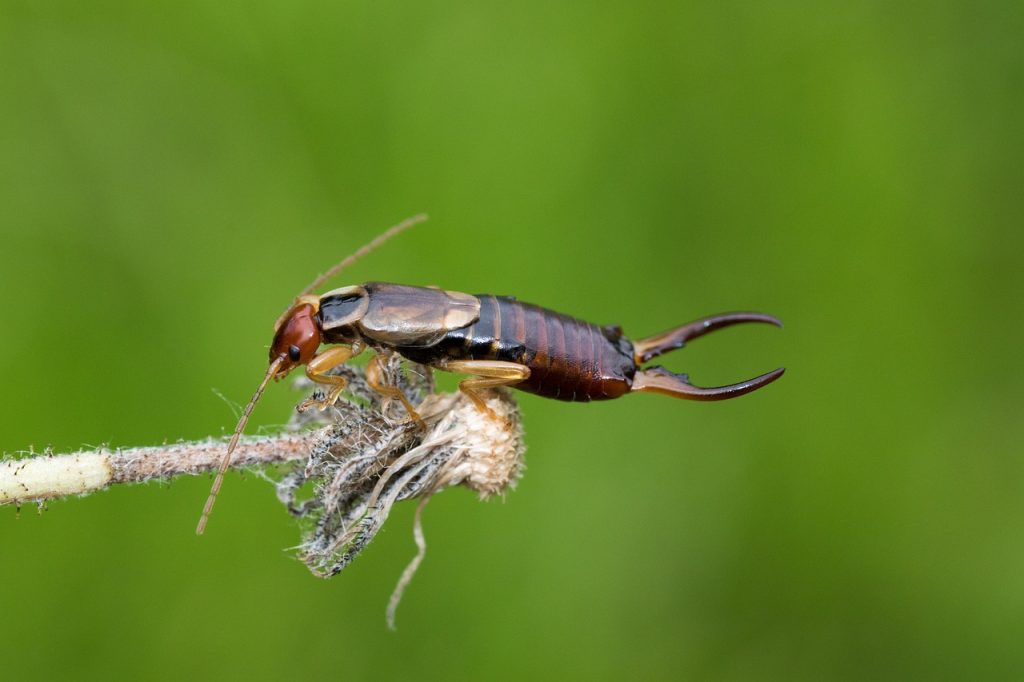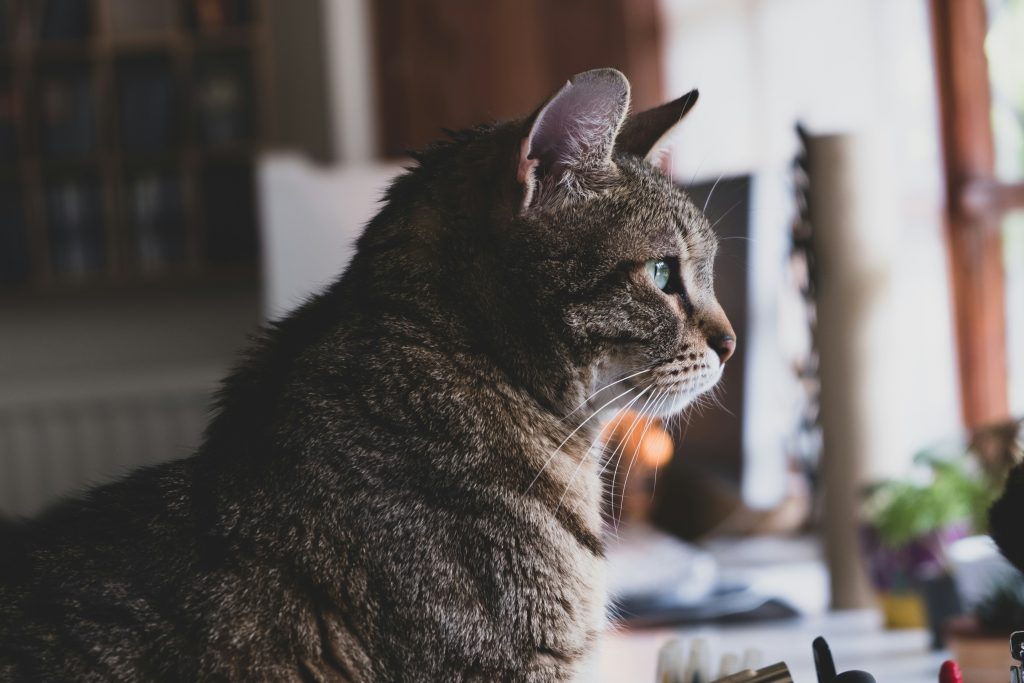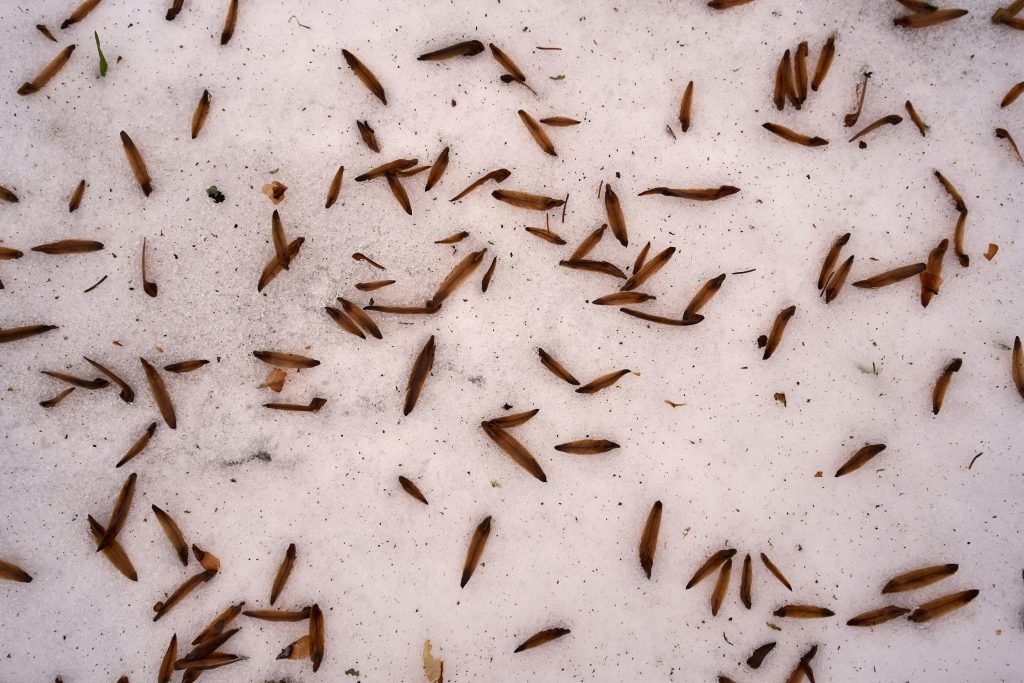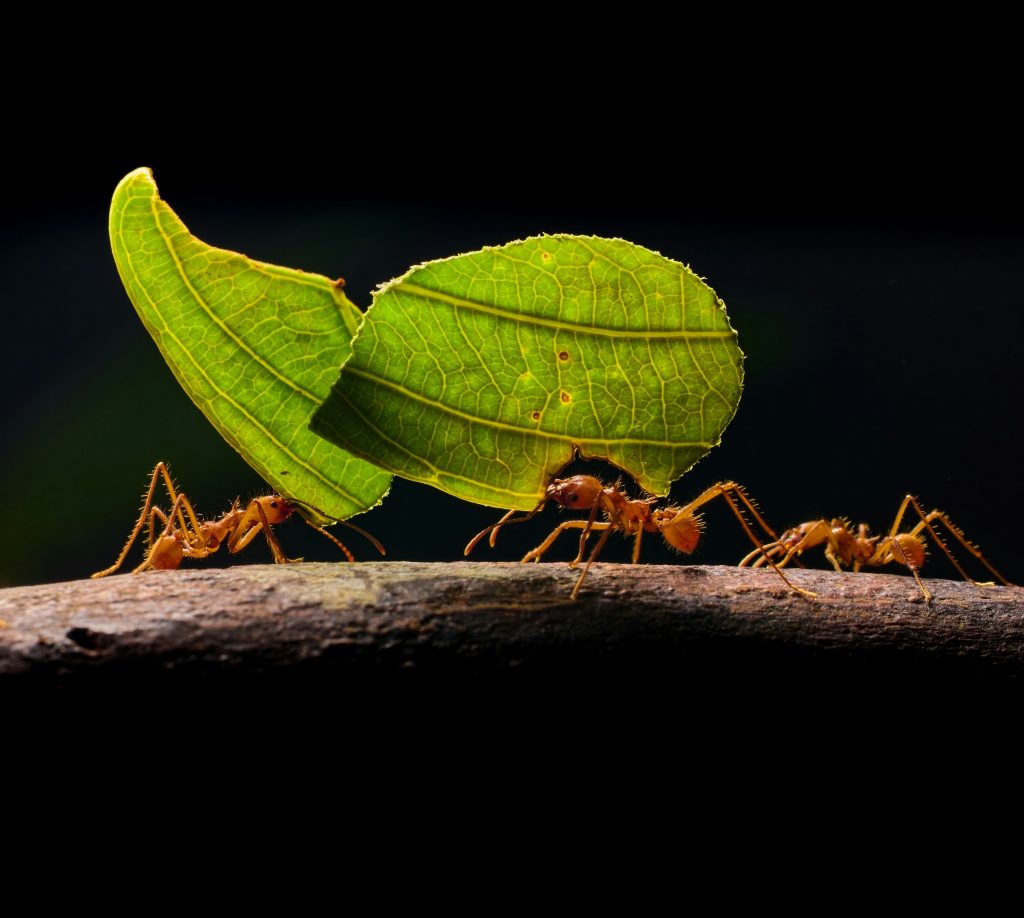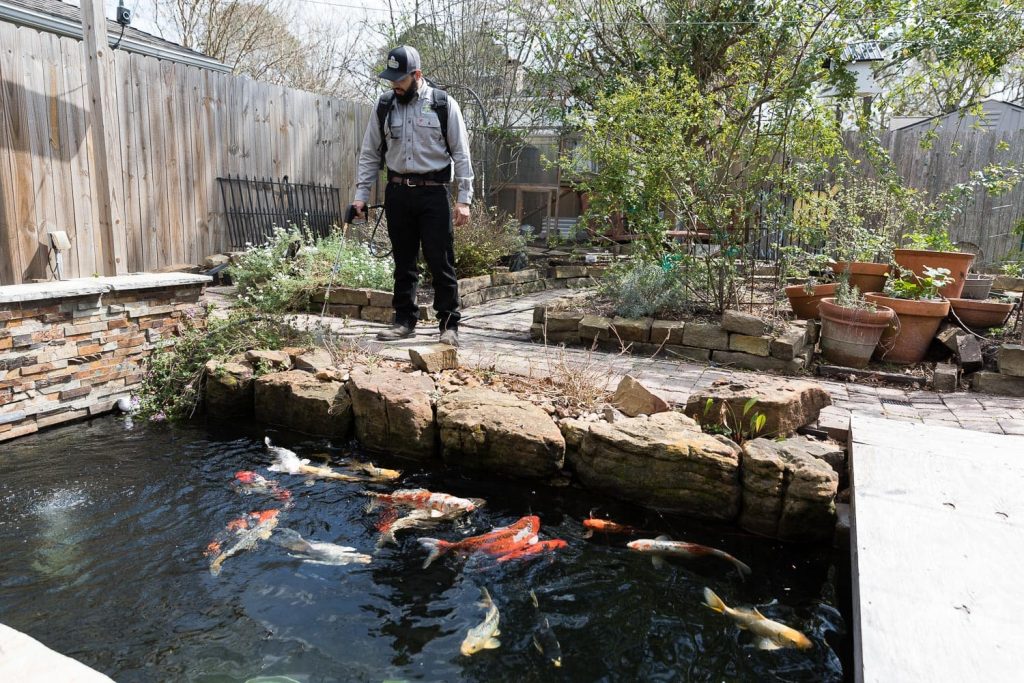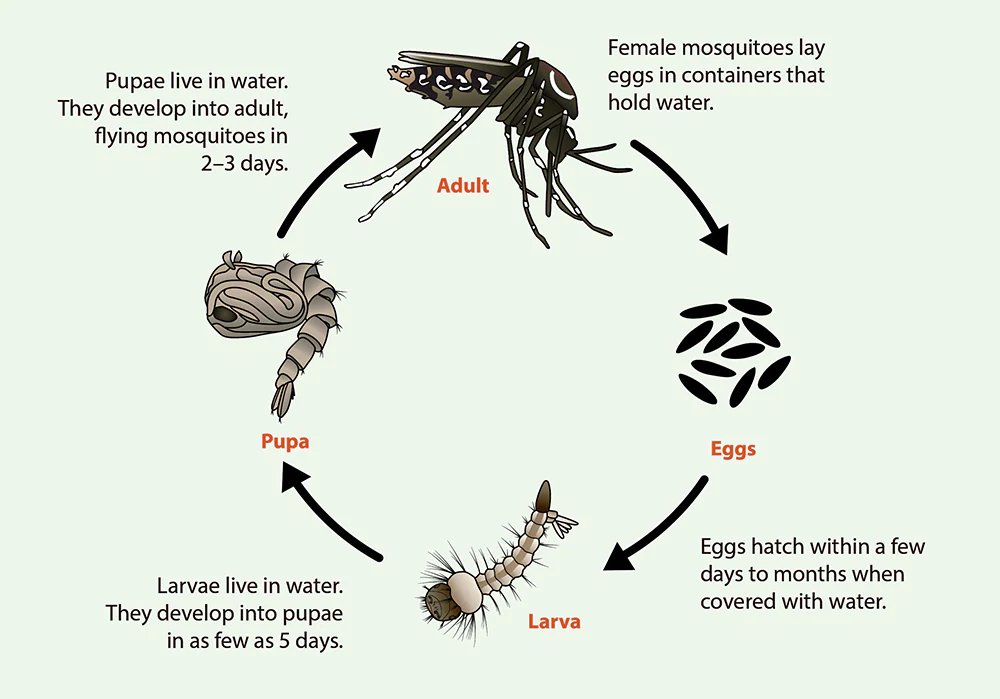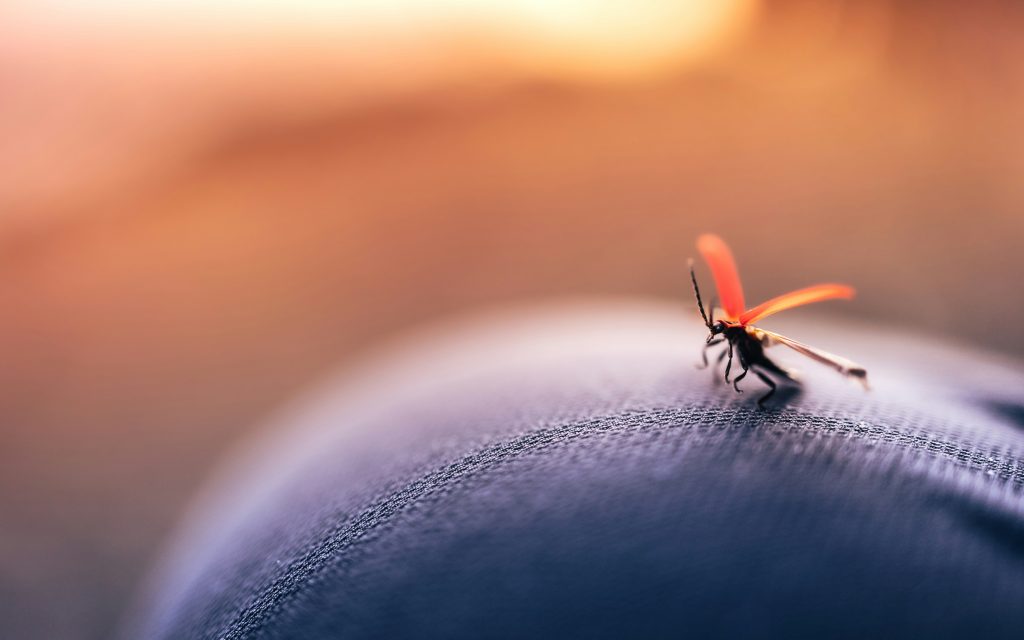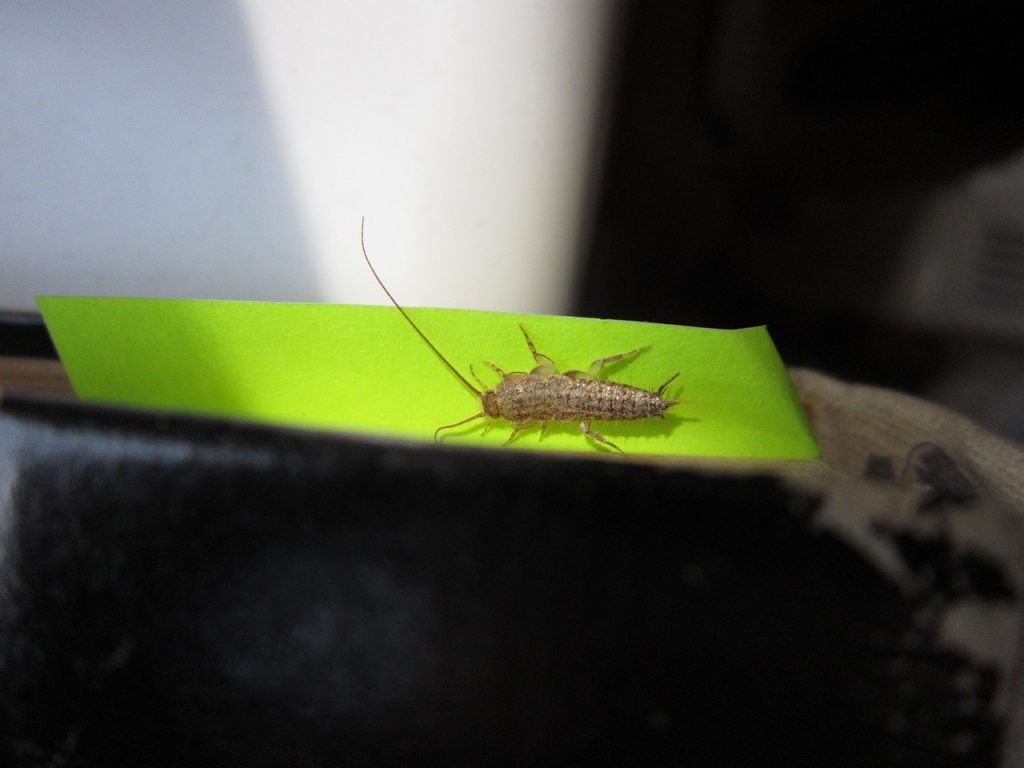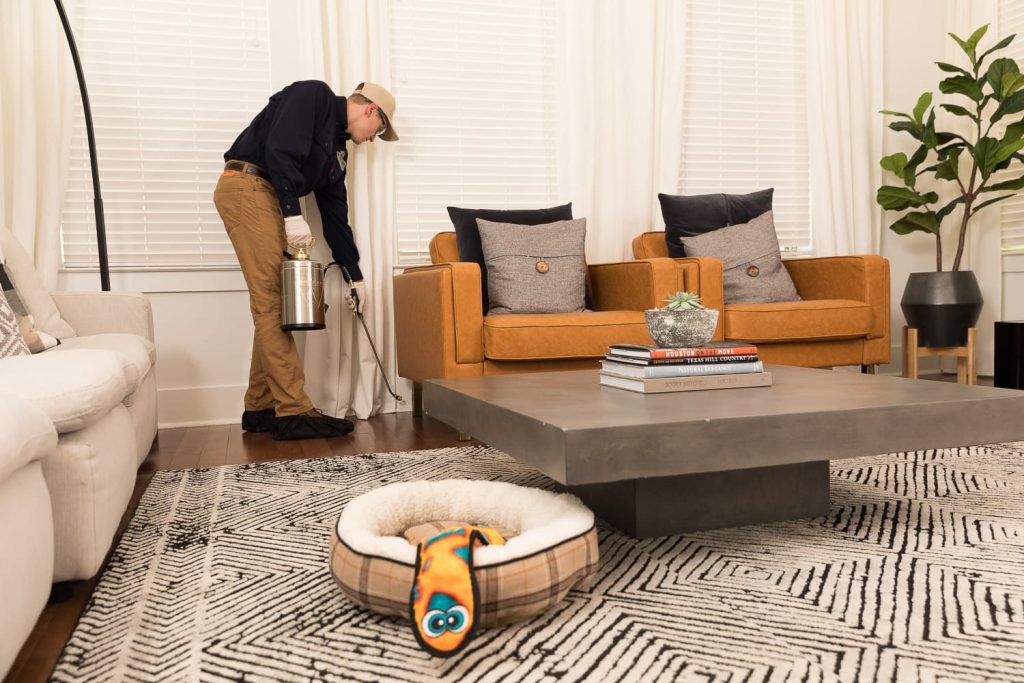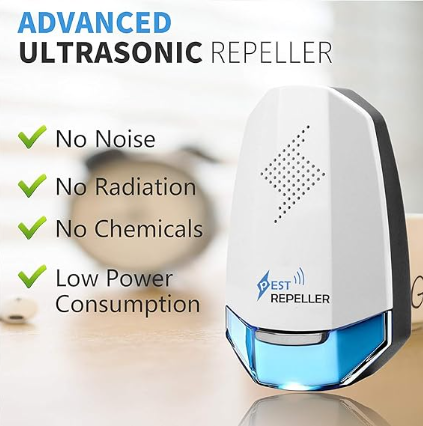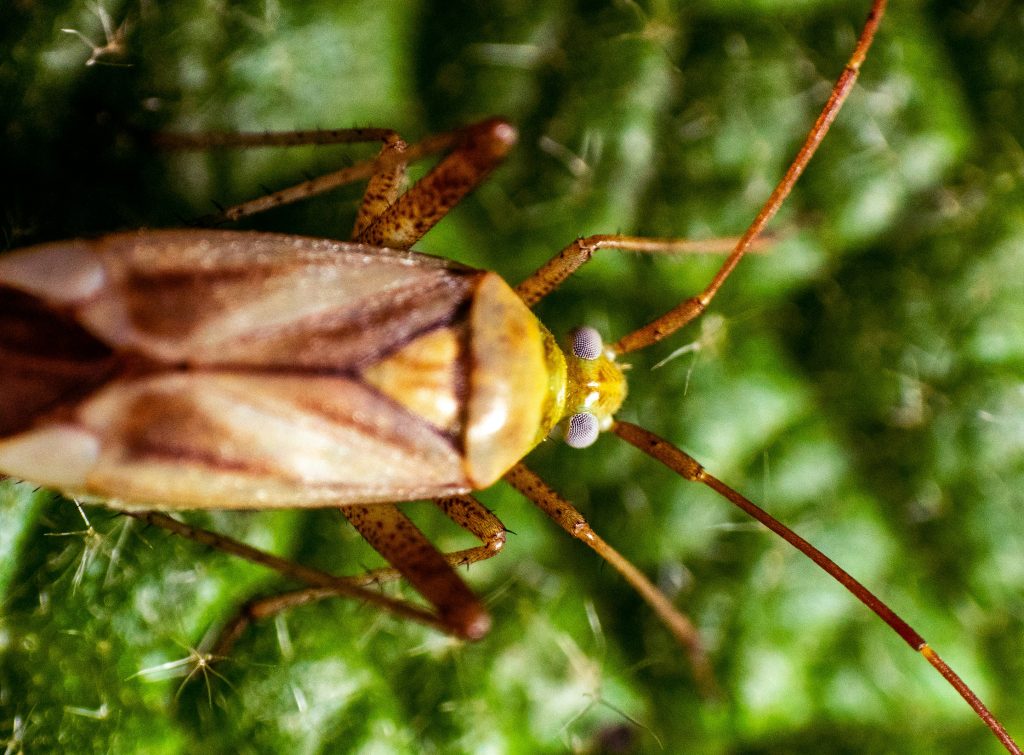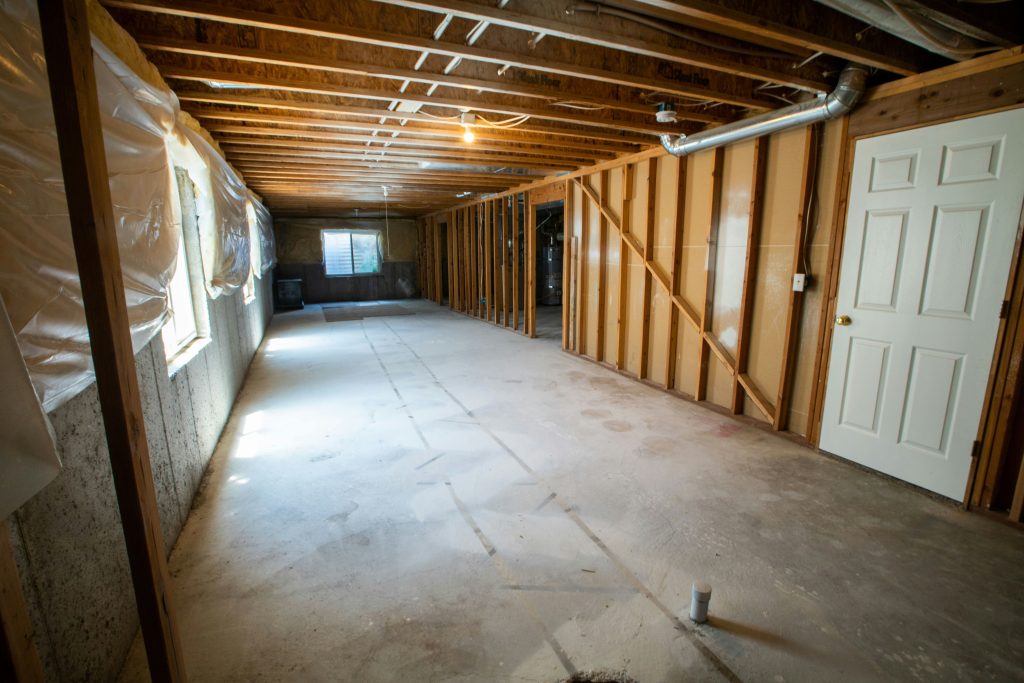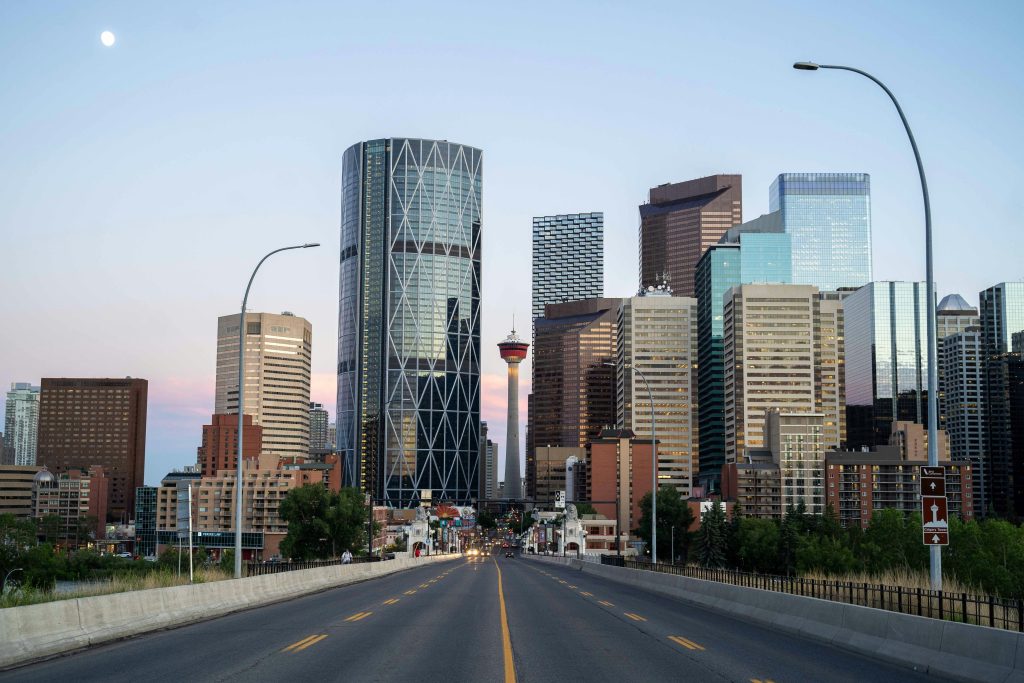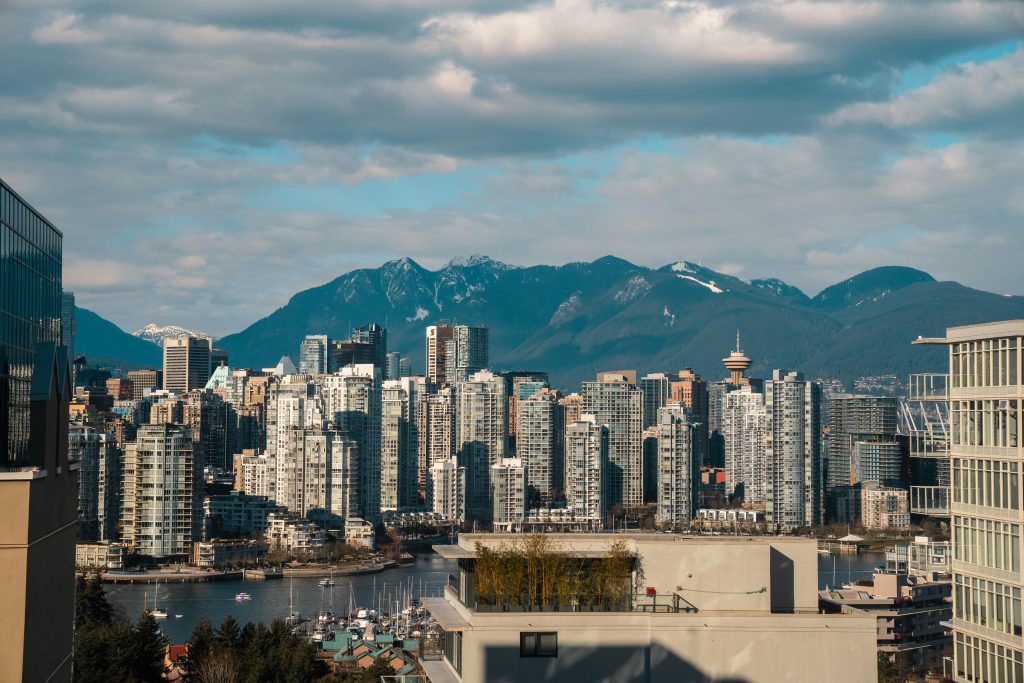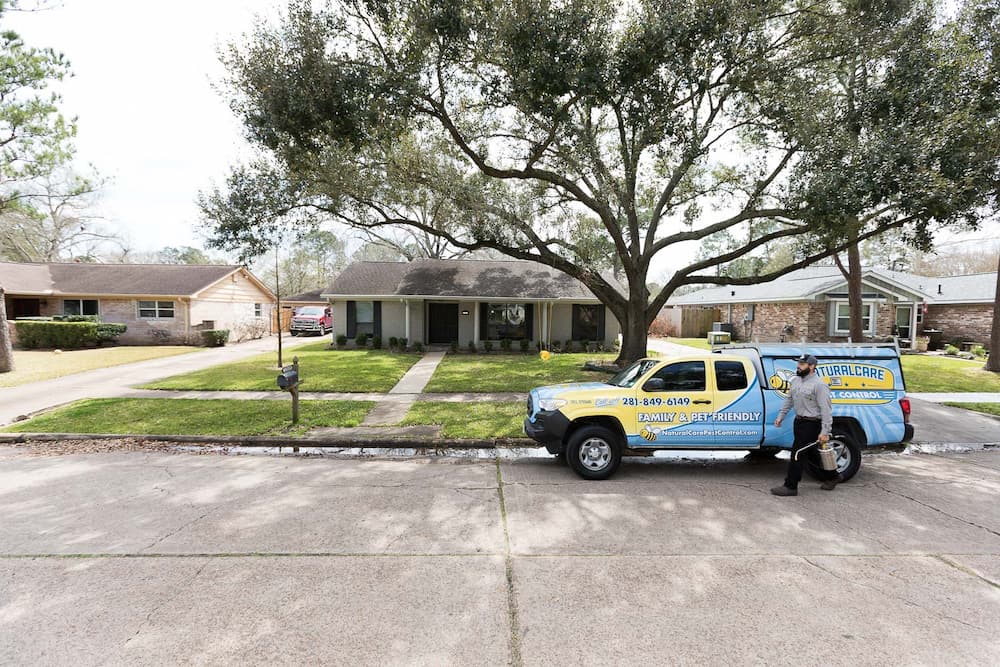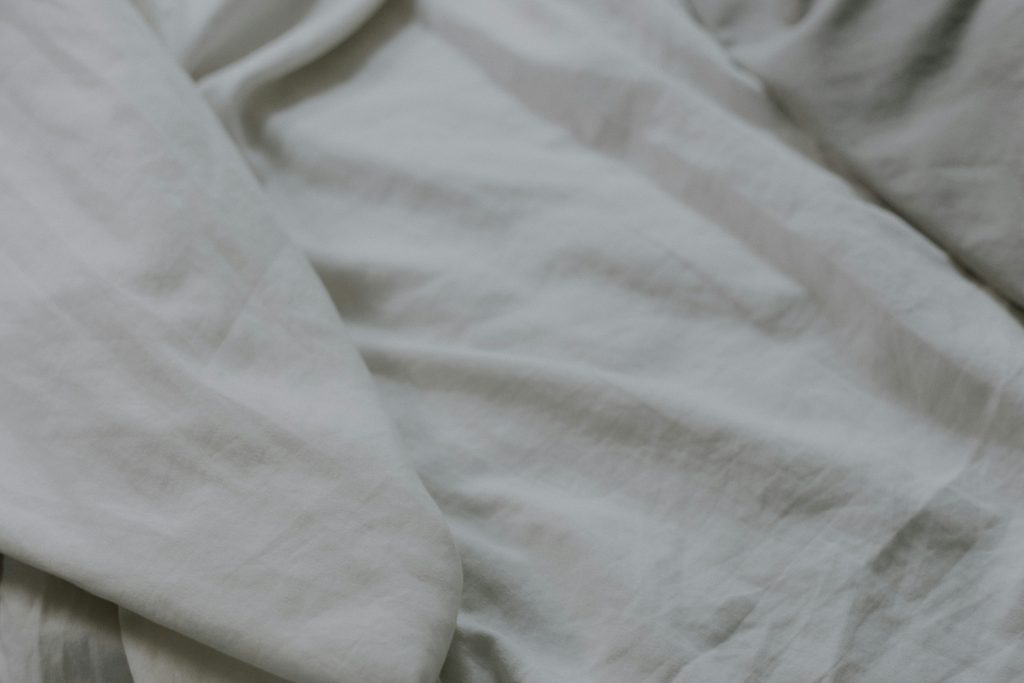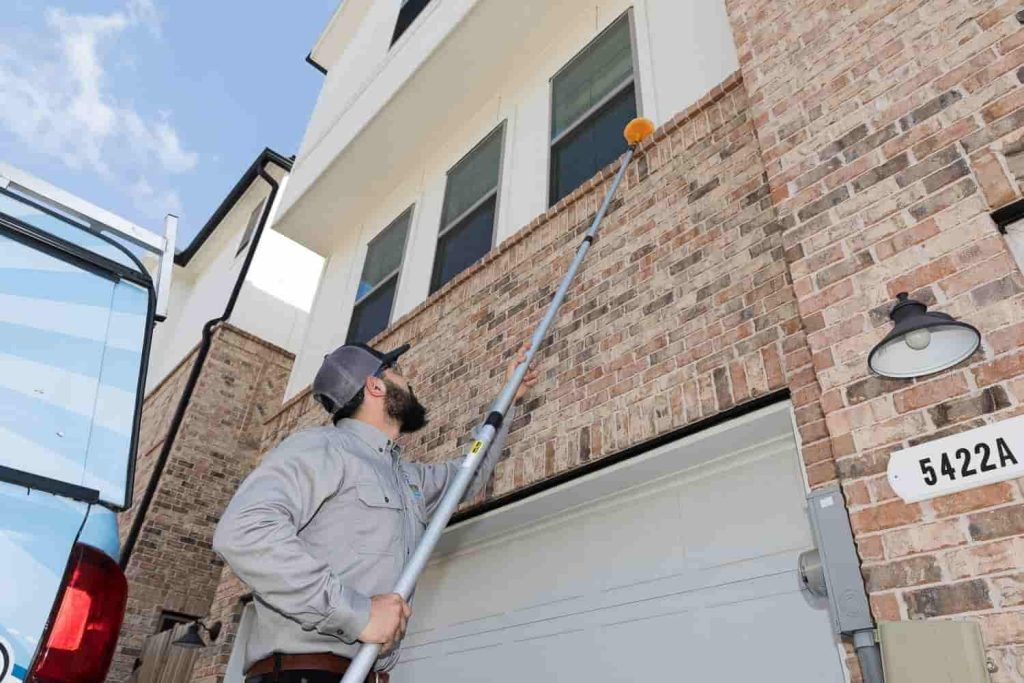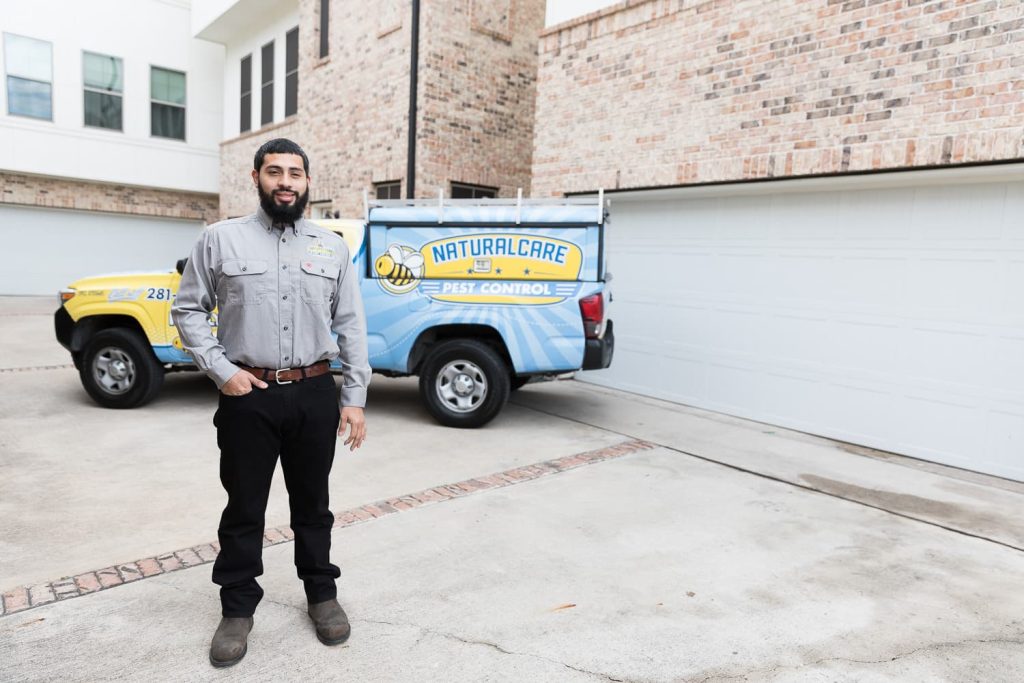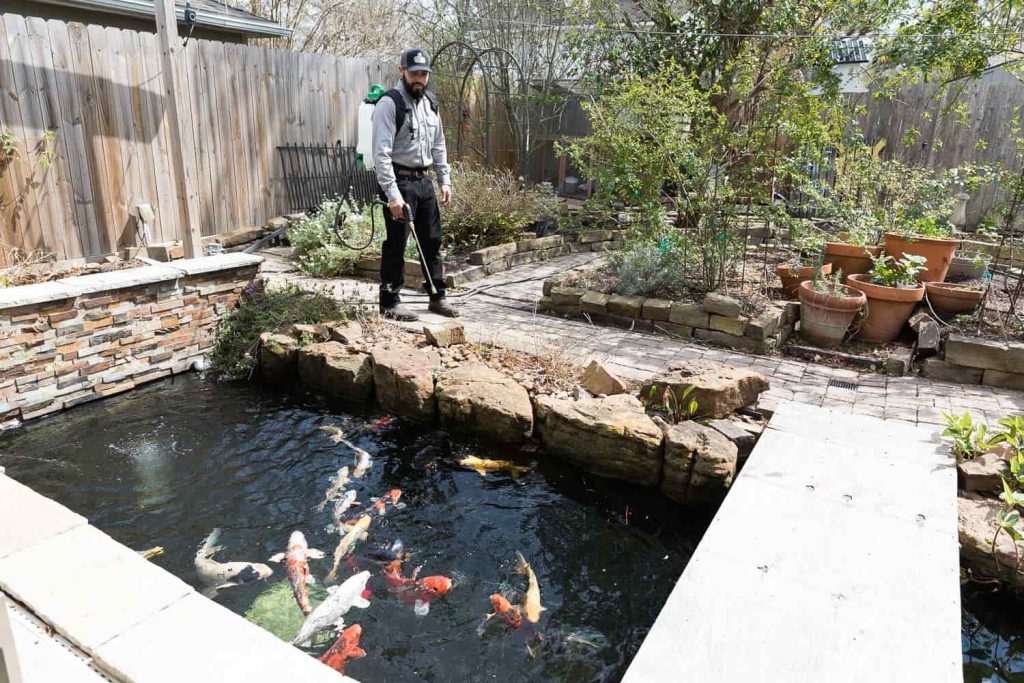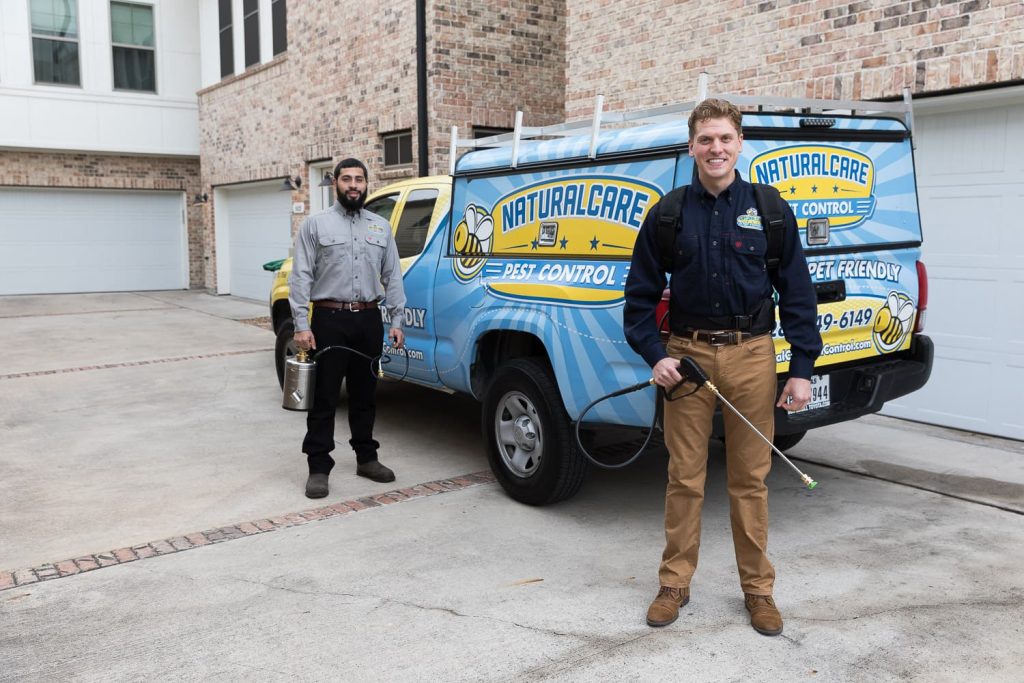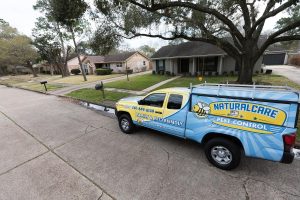When it comes to household pests, two of the most common yet often misunderstood invaders are house centipedes and silverfish. Both of these creepy crawlies can send shivers down your spine, but they’re quite different in terms of behavior, appearance, and the signs they leave behind. In this blog post, we’ll explore the house centipede vs silverfish debate, helping you identify these pests that might be lurking in your home and how to address the problem.
What Are House Centipedes?
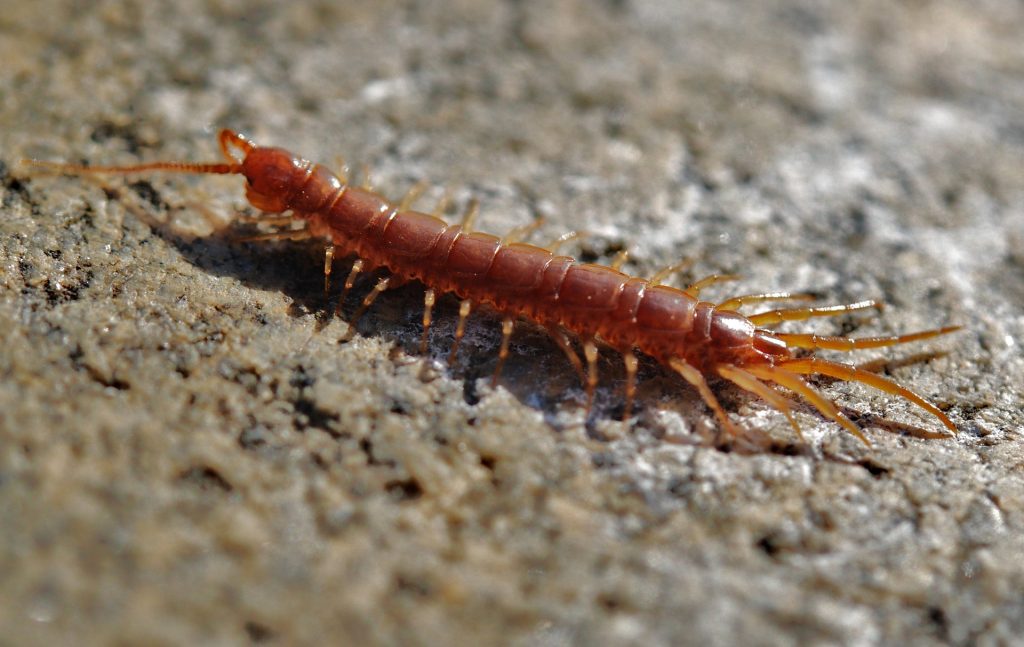
Appearance and Behavior
House centipedes are easily recognizable by their long, segmented bodies and 15 pairs of long, thin legs. They move quickly, often startling homeowners when spotted dashing across the floor or wall. These pests are predators, meaning they hunt and feed on other insects like spiders, ants, and even silverfish. You’re most likely to find them in damp, dark areas like basements, bathrooms, or closets.
Signs of a House Centipede Infestation
- Sightings: Spotting a house centipede is the most obvious sign of their presence. They are usually seen at night, moving quickly in search of food.
- Presence of Prey: If your home has a lot of other insects, such as spiders or ants, house centipedes might be close by as they feed on these pests.
- Bite Marks: Although rare, house centipedes can bite if handled or provoked. The bite may cause mild irritation, redness, or swelling.
What Are Silverfish?
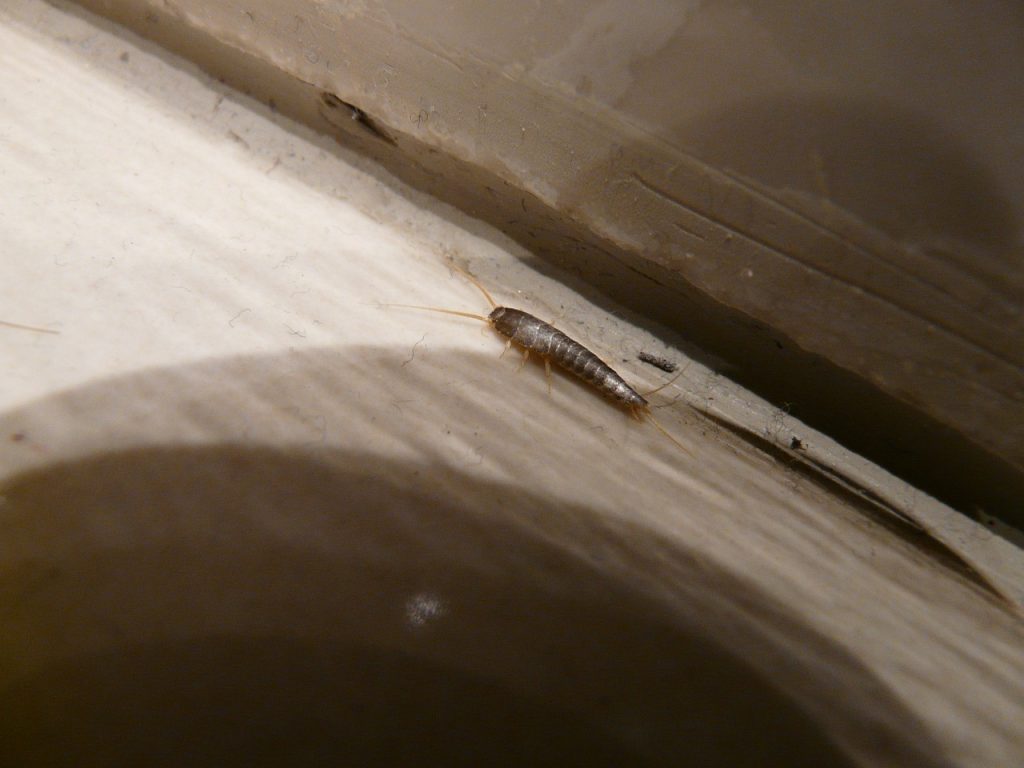
Appearance and Behavior
Silverfish are small, wingless insects with a silvery-grey, teardrop-shaped body that resembles a tiny fish, hence their name. These pests are nocturnal and prefer humid environments. Unlike house centipedes, silverfish are not predators but scavengers. Silverfish like feeding on starchy materials and other organic matter.
Signs of a Silverfish Infestation
- Damage to Household Items: Silverfish are notorious for causing damage to paper products, wallpaper, books, cardboard boxes, clothing, and even food like cereal or flour.
- Shed Skins: Silverfish molt throughout their lives, leaving behind tiny, transparent, shed skins in areas where they are active.
- Fecal Droppings: These pests leave behind small, black droppings that resemble pepper grains, often found near food sources or in storage areas.
- Sightings: Silverfish are fast movers but are usually smaller and less intimidating than house centipedes. They are most commonly seen at night when disturbed by light.
House Centipede vs Silverfish: Key Differences
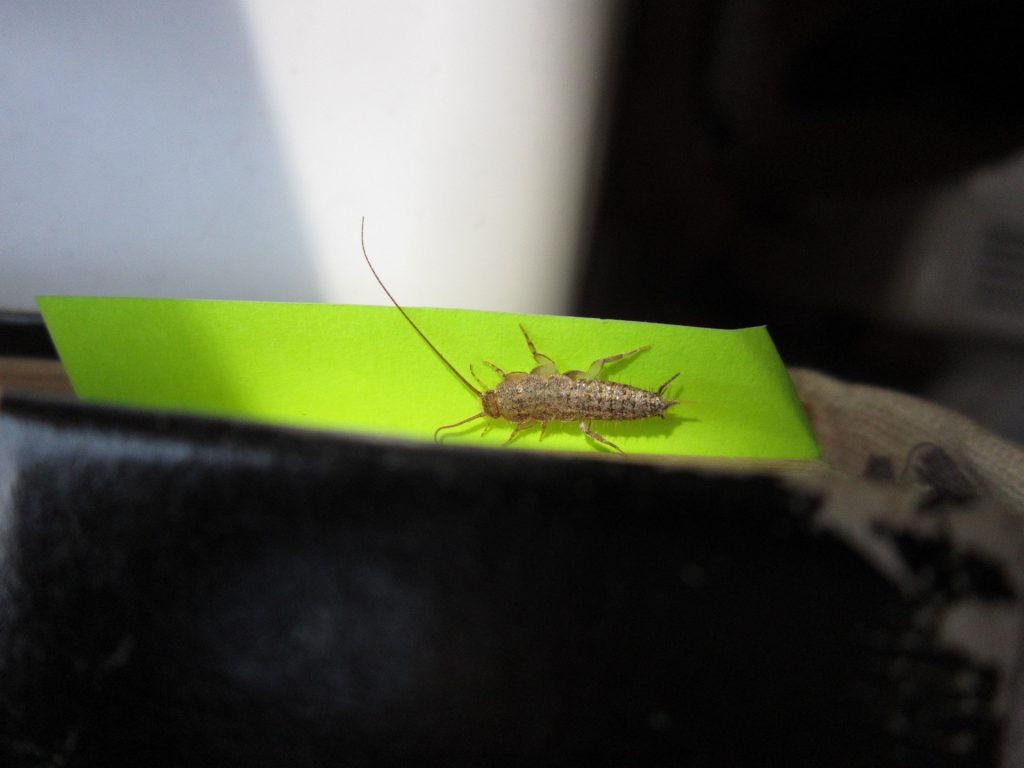
When comparing house centipede vs silverfish, it’s important to understand their differences to address each pest appropriately. House centipedes are larger and predatory, while silverfish are smaller and more likely to cause damage to household items.
Appearance
- House Centipede: Long, segmented body with 15 pairs of legs; “hairy” appearance.
- Silverfish: Small, silvery, teardrop-shaped body with a fish-like appearance.
Behavior
- House Centipede: Predators that feed on other insects.
- Silverfish: Scavengers that feed on starchy materials and organic matter.
Damage
- House Centipede: No significant damage to household items.
- Silverfish: Causes damage to paper, fabrics, and food.
Protect Your Home from House Centipedes and Silverfish

To keep both house centipedes and silverfish at bay, consider reducing humidity in your home, sealing cracks and crevices where these pests might enter, and eliminating their food sources. If you’re dealing with a persistent infestation, professional pest control is your best option.
Professional Pest Control in Houston, Texas
NaturalCare Pest Control offers effective solutions to rid your home of pests, including house centipedes, silverfish, and even Texas wolf spider. Our experienced technicians understand the unique challenges of pest control in Houston, Texas, and can help you maintain a pest-free home.
FAQs About House Centipede vs Silverfish

What Attracts House Centipedes to My Home?
House centipedes are drawn to homes with an abundance of other insects. They prefer dark, damp environments like basements and bathrooms.
Are House Centipedes Dangerous?
House centipedes can bite, but they are generally harmless to humans. Their bite might cause mild irritation, but they are more of a nuisance than a threat.
How Do I Get Rid of Silverfish?
Reducing humidity, sealing entry points, and removing their food sources can help prevent silverfish infestations. If the infestation persists, consider professional pest control services.
Do Silverfish Cause Damage?
Yes, silverfish can damage paper products, clothing, and even some foods. They feed on starchy materials, leaving behind small holes or notches.
FAQs About NaturalCare Pest Control

What Services Does NaturalCare Pest Control Offer?
NaturalCare Pest Control provides comprehensive pest control Houston Texas services, including treatments for house centipedes, silverfish, and Texas wolf spider. We serve the Houston area and specialize in environmentally friendly solutions.
How Do I Schedule a Service?
You can schedule a service by contacting us through our website or by calling our office. We’ll work with you to find a convenient time for an inspection and treatment.
What Makes NaturalCare Pest Control Different?
At NaturalCare Pest Control, we prioritize safety and effectiveness. Our eco-friendly pest control methods ensure your home is protected without harming the environment.
Conclusion
Understanding the signs of a house centipede vs silverfish infestation is the first step in addressing these pests. Whether you’re dealing with the fast-moving house centipede or the sneaky silverfish, knowing how to identify and eliminate them is crucial. For professional assistance, especially in dealing with pests like house centipedes or silverfish, NaturalCare Pest Control is here to help. Protect your home and peace of mind by calling us today.
